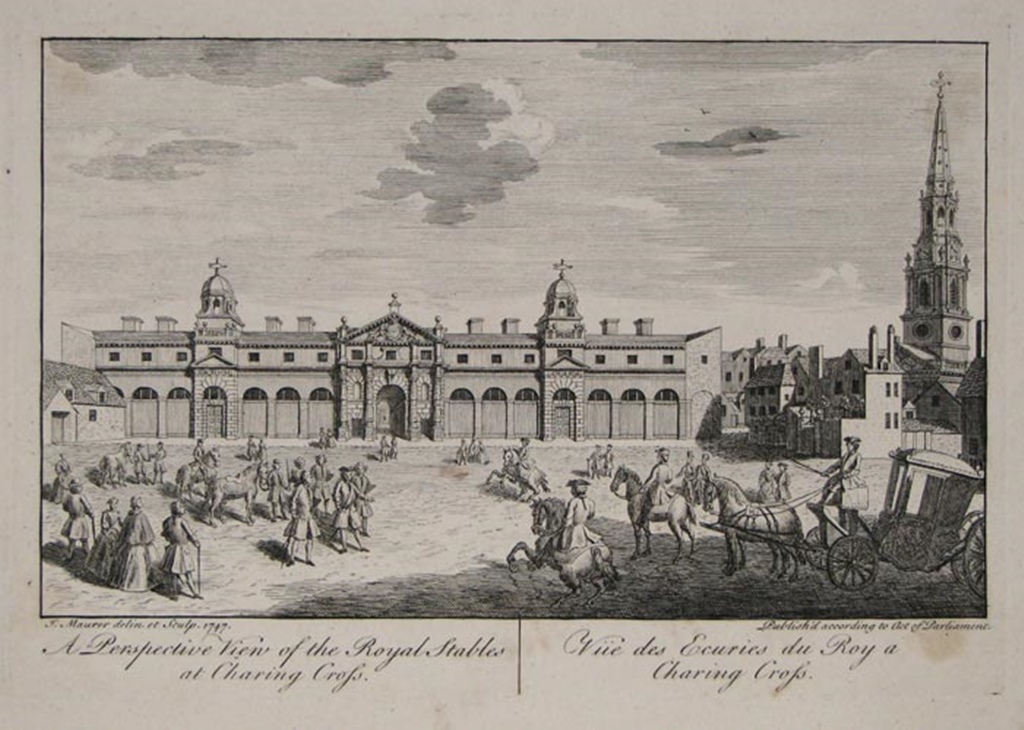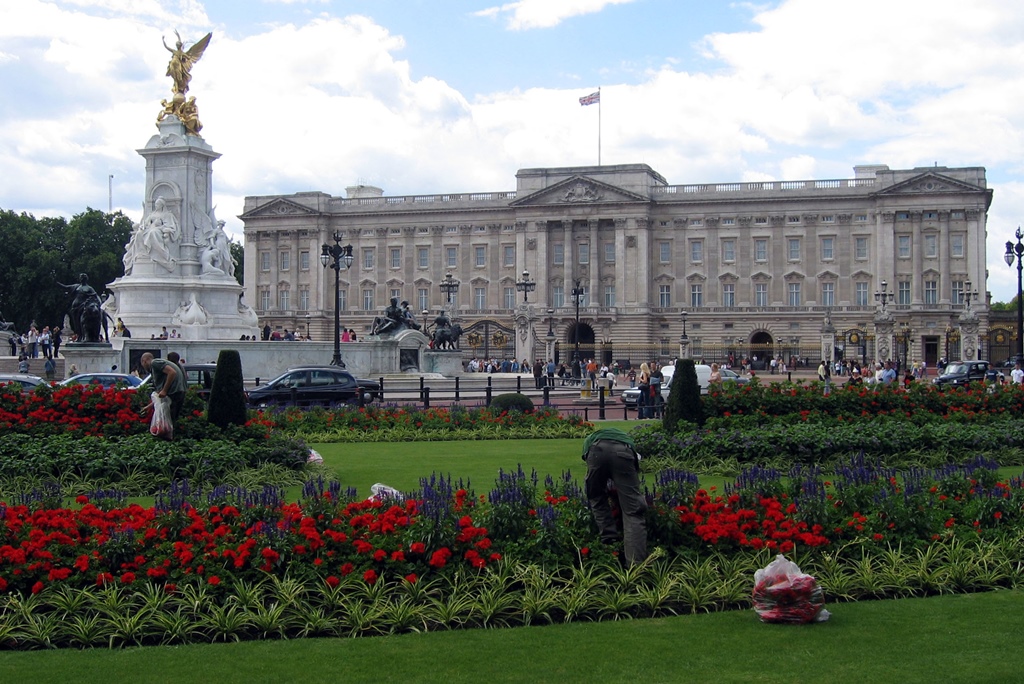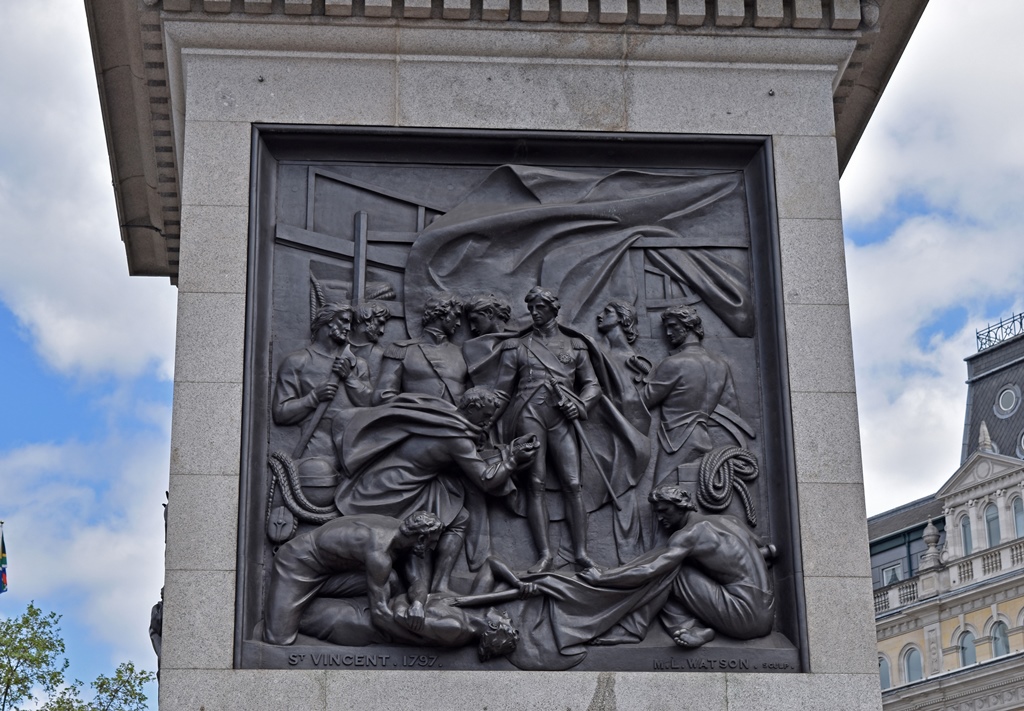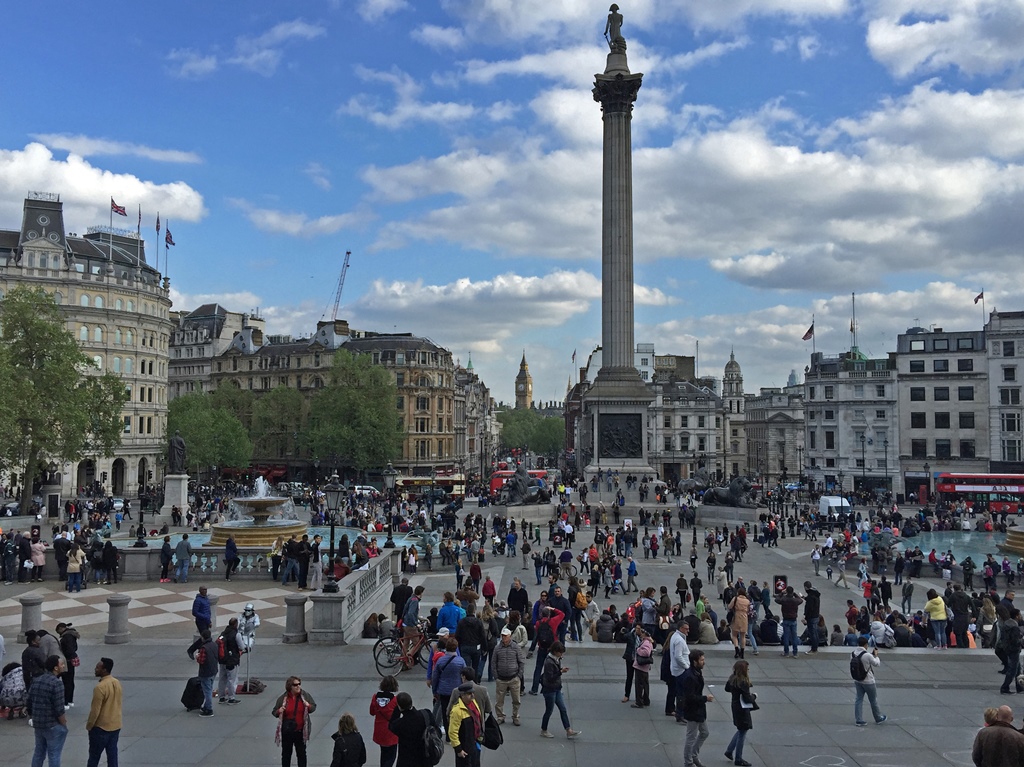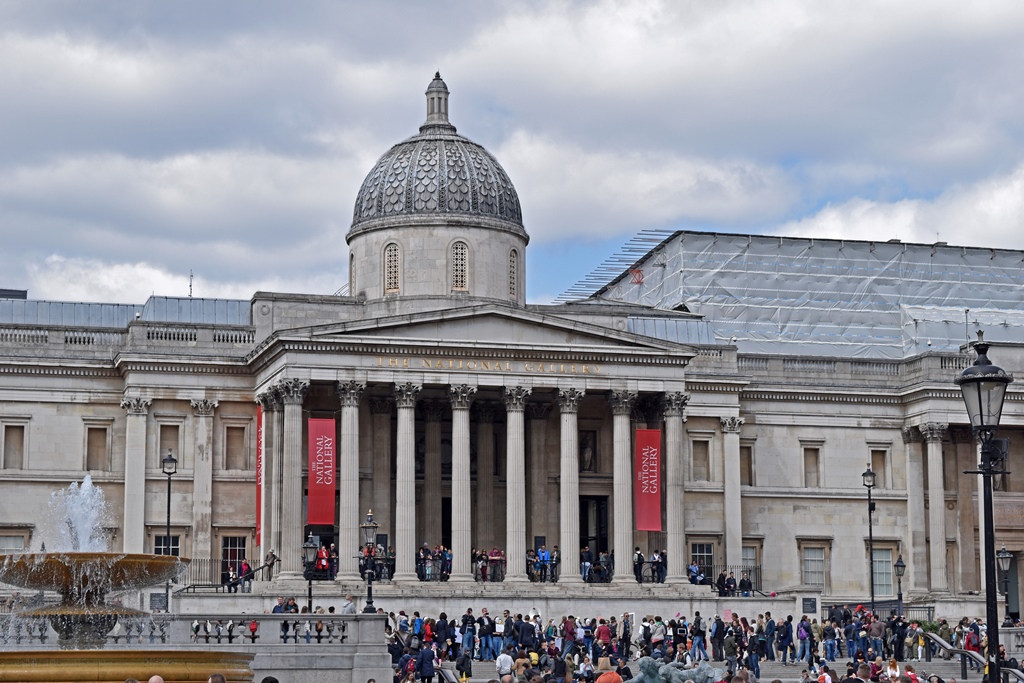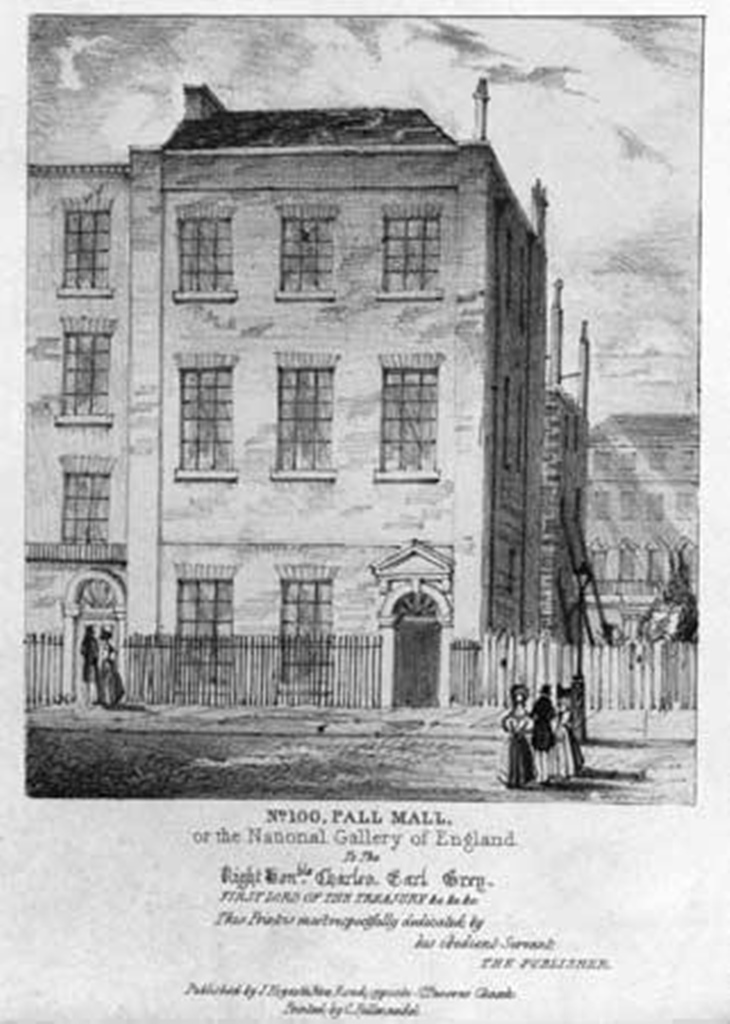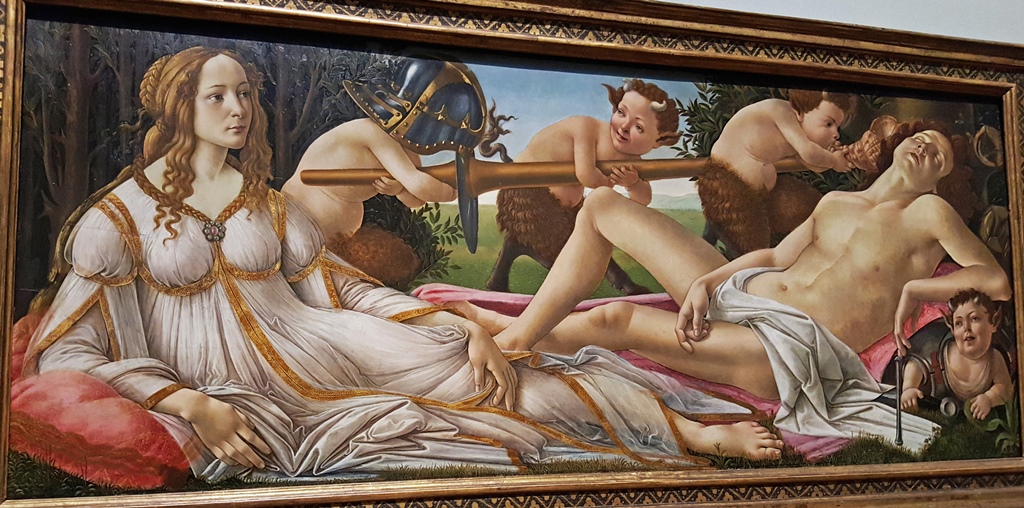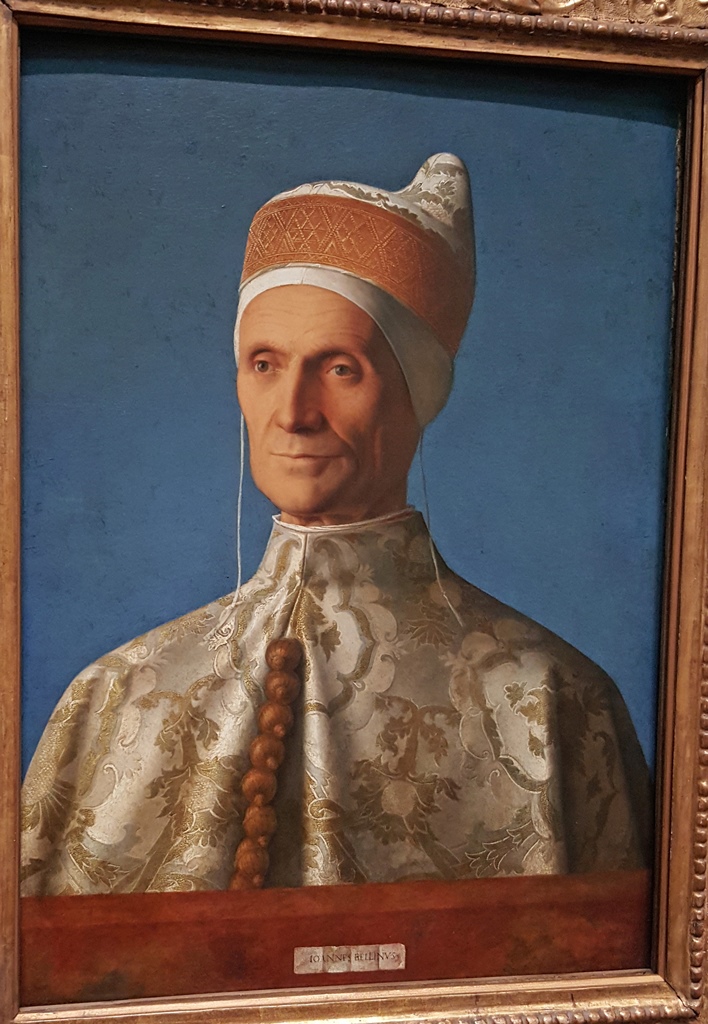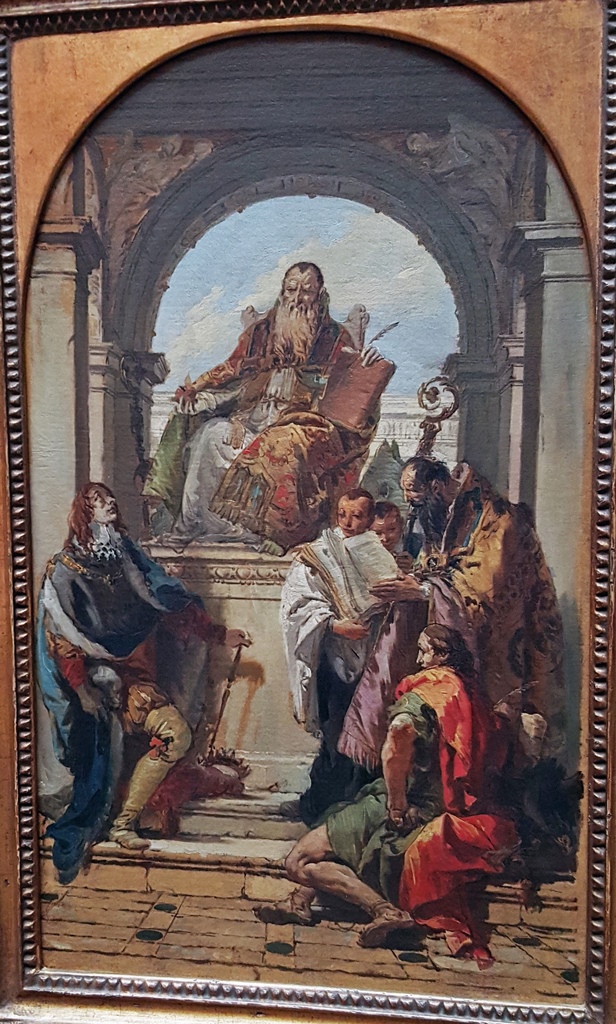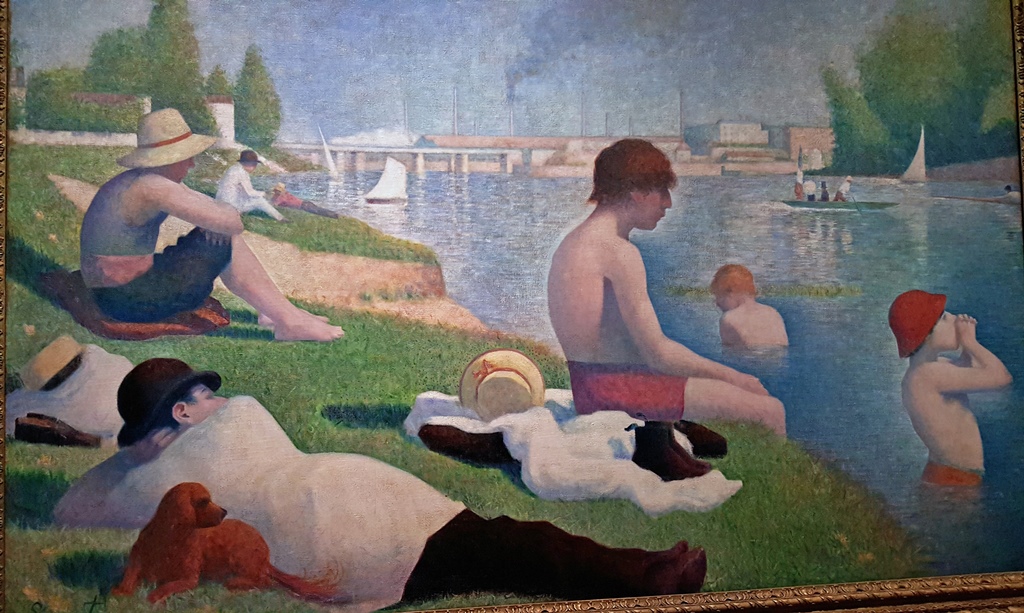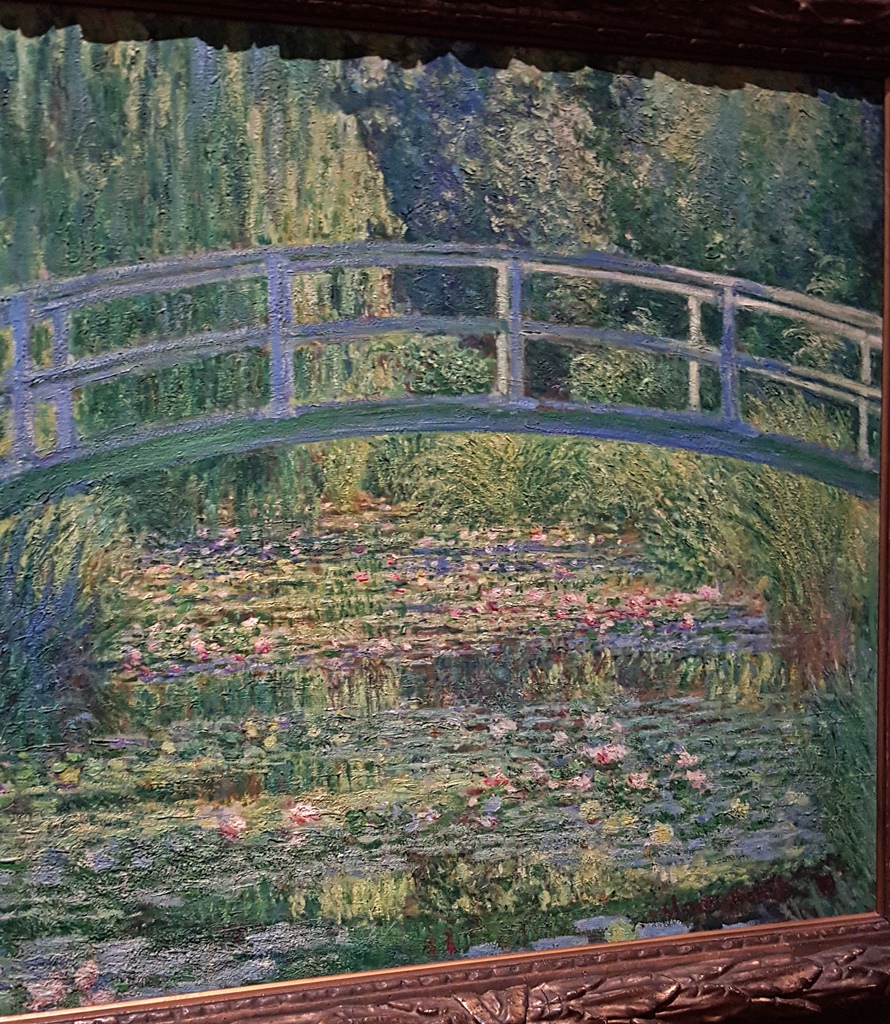From St. Paul's Cathedral, we boarded the Underground to get to our next destination
for the day, the National Gallery. We got out at the Charing Cross station and
exited at Trafalgar Square, where the gallery is.
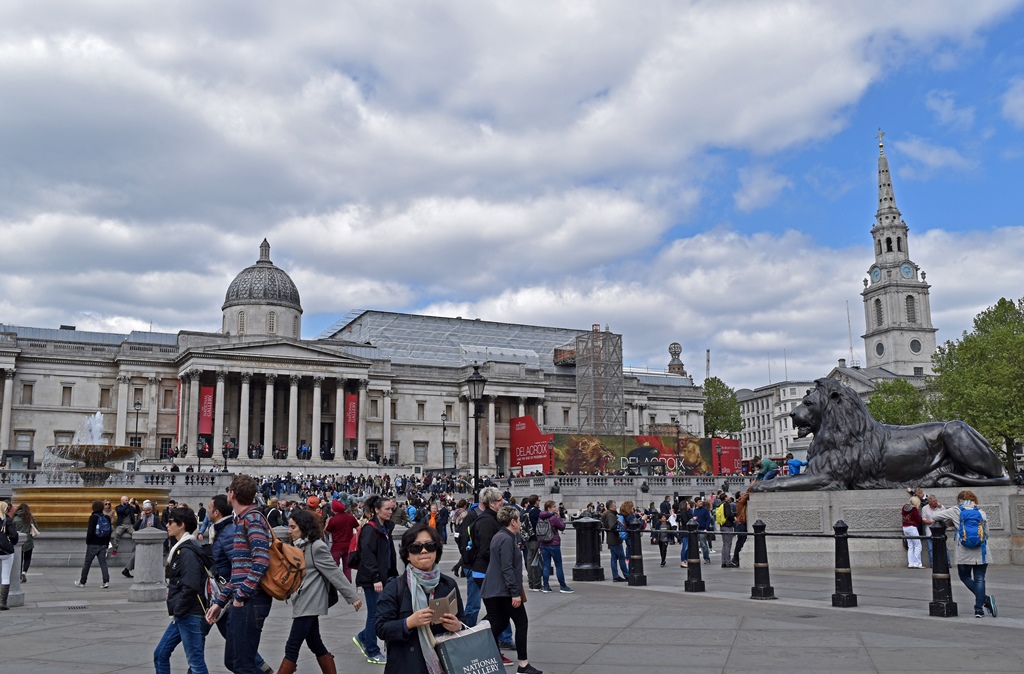
Trafalgar Square
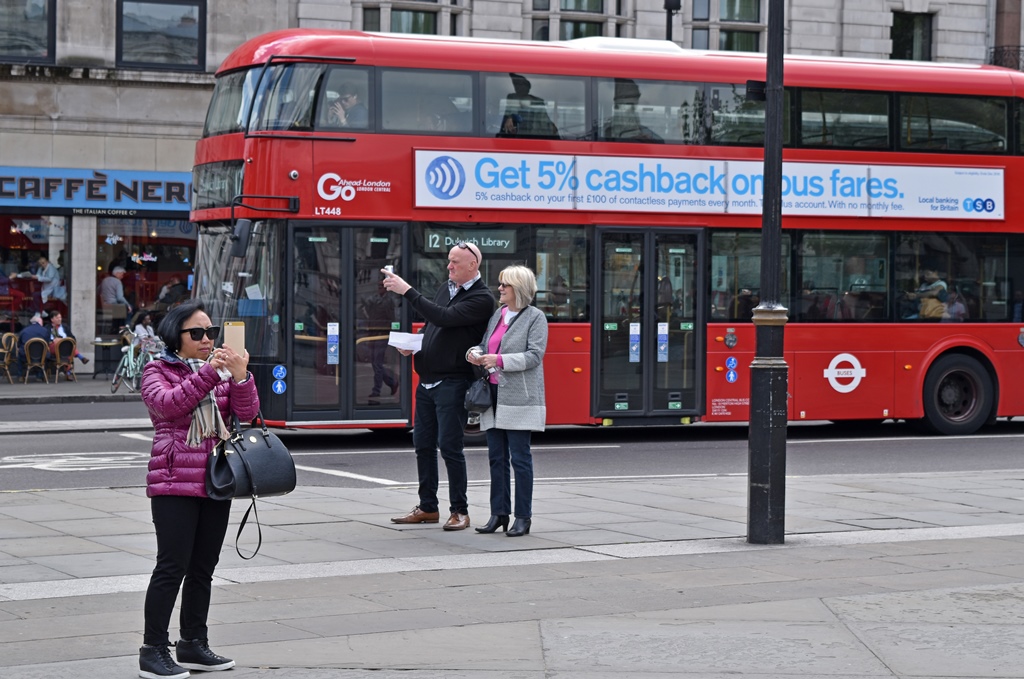
Nella Photographing Trafalgar Square
Trafalgar Square is a destination in its own right, so I should probably say a few
things about it. Trafalgar Square didn't exist as anything like itself until 1844.
Before that, it was the site of the Royal Mews, which had occupied the area since
1377. "Mews" in this case has nothing to do with baby cats, and is instead an old
term referring to the moulting of birds. This comes from the fact that the royal
hawks were originally kept here. The hawk facility burned down in 1534 and was
replaced by stables, which for some reason retained the "mews" label, instead of
being assigned a more informative horse term.
The Royal Mews, 1747
The horses stayed until the 1820's, when George IV had them moved to an estate
his father, George III, had purchased in 1761 for use by his wife, Queen Charlotte.
The house at the center of the estate was called Buckingham House at the time of
its purchase, but George IV decided to convert it into a palace to be used as a
principal royal residence (he didn't live to see the project completed – his niece
Victoria was the first monarch to live there, starting in 1837). The Royal Mews at
Buckingham Palace are still home to stables, as well as an assortment of carriages,
and now, of course, there are also some very nice automobiles.
Buckingham Palace (2005)
Once the Mews had been moved, demolition of the old structures commenced, with the
plan of creating a public square. At first, the square was to be named for William
IV, who succeeded George to the throne in 1830, but by 1835 the plan changed to
naming the square to commemorate the 1805 Battle of Trafalgar. In 1838, an idea
was proposed to add a monument to the hero of Trafalgar, Admiral Horatio Nelson.
The architect of the square opposed this idea, but was overruled, leading to the
construction of Nelson's Column, which was raised in 1843. The column is 169 feet
tall and of the Corinthian order, with an 18-foot statue of Nelson at the top. At
the base there is a pedestal with four bronze reliefs, made from melted-down French
guns, depicting important battles in Nelson's career. In 1867, four immense 7-ton
bronze lions were added around the base, each looking out in a different direction
from the column.
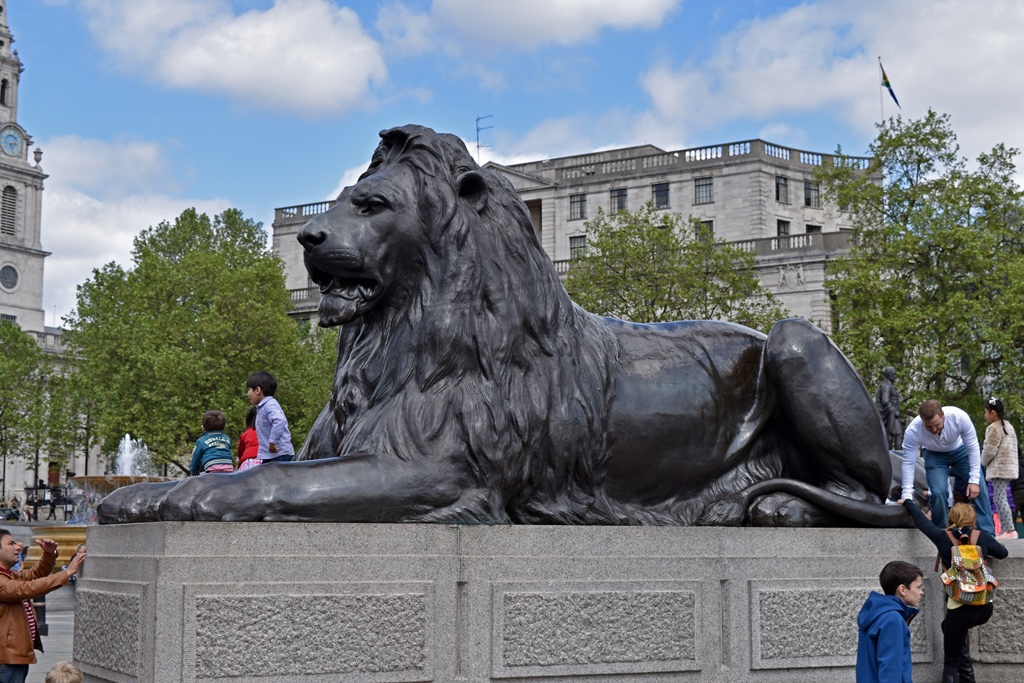
A Nelson's Column Lion
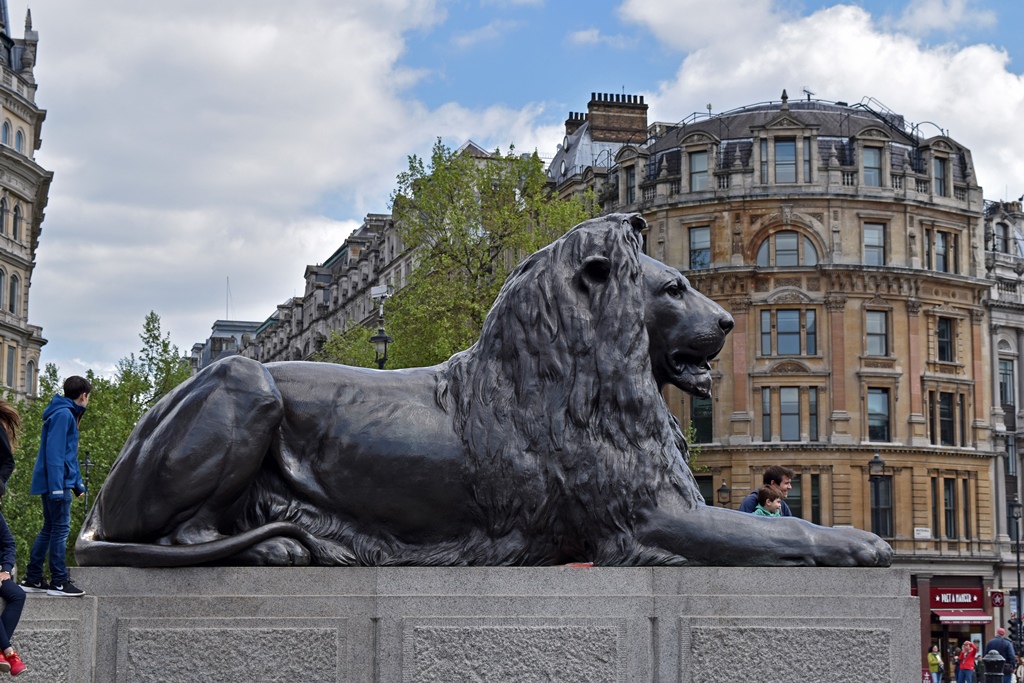
Another Nelson's Column Lion
Nelson's Column Relief - The Battle of Cape St Vincent
Today, Trafalgar Square is a magnet for locals as well as tourists. There's the
column and the lions, plus two large fountains. There are street performances and
non-stop political protests. Occasionally, national celebrations are centered here.
Trafalgar Square with Nelson's Column
We weren't celebrating anything in particular as we walked through the square.
We were only interested in visiting the building that formed its northern border – the
National Gallery. We were able to dodge the performers, protesters and other tourists,
and eventually found the entrance. Admission turned out to be free, and non-flash
photography for non-commercial purposes turned out to be OK.
The National Gallery
The National Gallery was first established in 1824 with a collection of 38 paintings.
Unlike some other major art museums, the National Gallery did not start with a ready-made
royal collection (the British royal art collection remains separate from the National
Gallery to the present day) or with a massive donation by a rich and powerful family, but
with the purchase by the government of the private collection of a recently-deceased
banker. At first the collection was displayed in the banker's former townhouse, but with
additional purchases and bequests that started to come in, it soon became apparent that a
more spacious facility would be needed.
Original National Gallery, 1824-34
Construction began in 1832 on a building that would take over the position of the former
Royal Mews, with the construction being completed in 1838. At first the National Gallery
had to share the building with the Royal Academy of Arts. The collection continued to
grow, leading to a need for even more space. As it turned out, the Royal Academy also
needed more space, and they ended up moving to another building in 1838. The National
Gallery took over the Royal Academy space and over the years added additional space
through the construction of new galleries and wings into adjacent property that
gradually became free for a variety of reasons. The most recent addition, the Sainsbury
Wing, opened in 1991 and occupies the site of a department store that was destroyed in
World War II. The museum's collection today would not be considered exceptionally large
when compared to those of other major museums, but the quality and breadth (works from
the 13th Century through 1900 are included) of the collection are impressive. Visitors
appear to agree - the National Gallery is one of the world's most-visited art museums,
with more than 5 million annual customers.
We did our part in 2016, wandering enthusiastically through the galleries while taking
pictures to share with our Internet friends. The paintings look much better in person,
and you should make time to visit yourself if you're ever in London, but here are some
of the paintings we liked the most, presented in more or less chronological order.
We'll start with the 15th Century, in northern Europe. Sometimes people think of the
Renaissance as being an Italian thing, but it was also alive and well in the north as
early as the first half of the 15th Century.
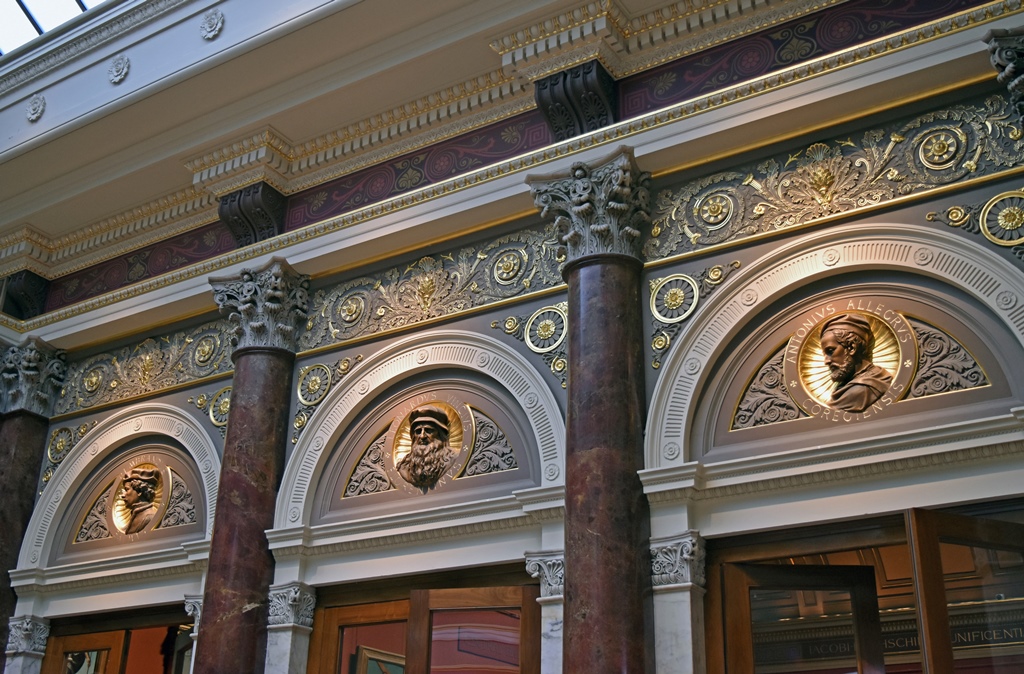
Artist Reliefs Above Doorways
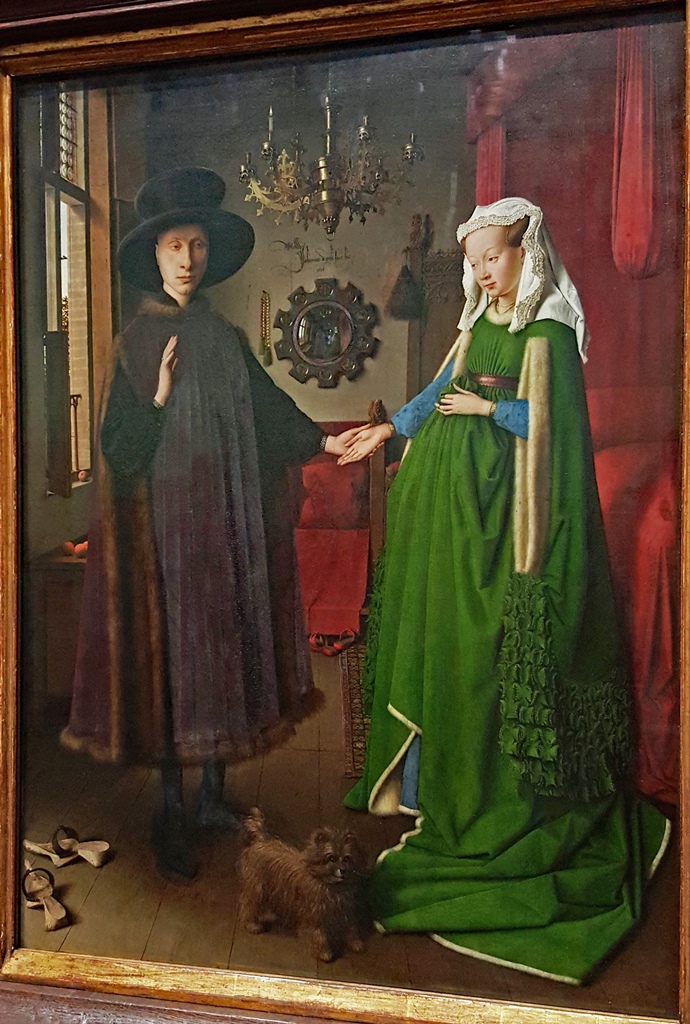
The Arnolfini Portrait, Jan van Eyck (1434)
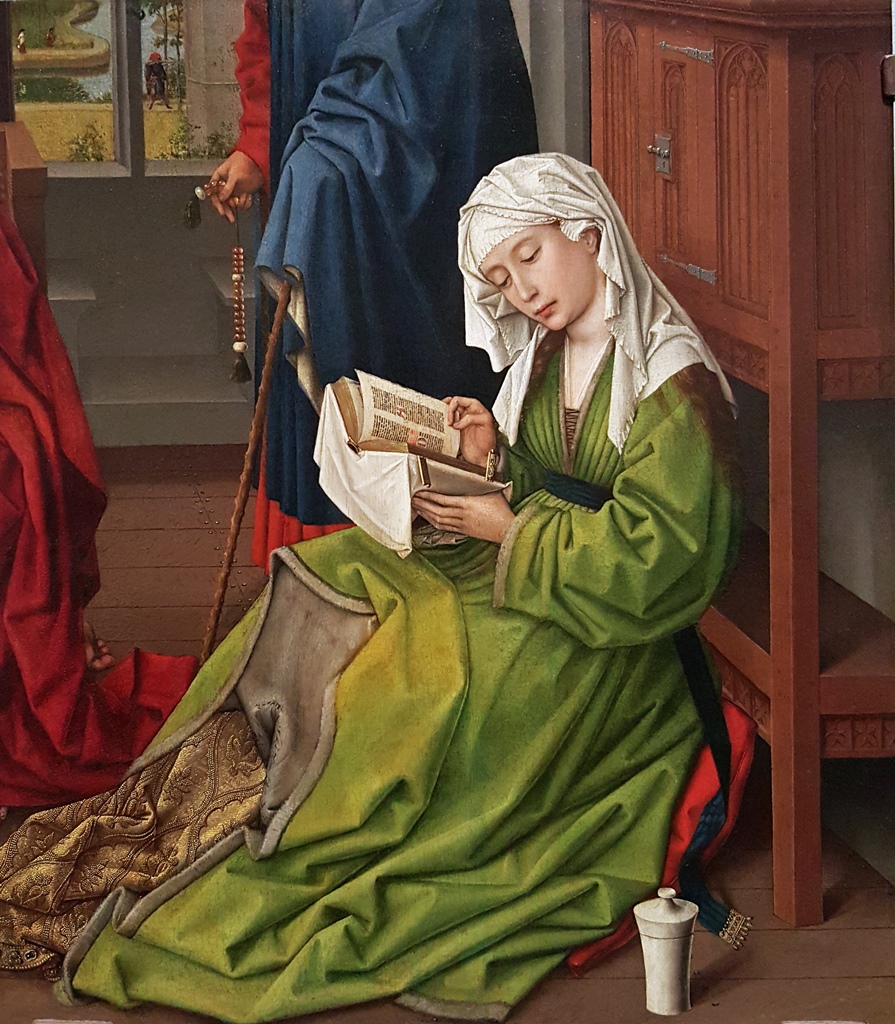
The Magdalen Reading, Rogier van der Weyden (before 1438)
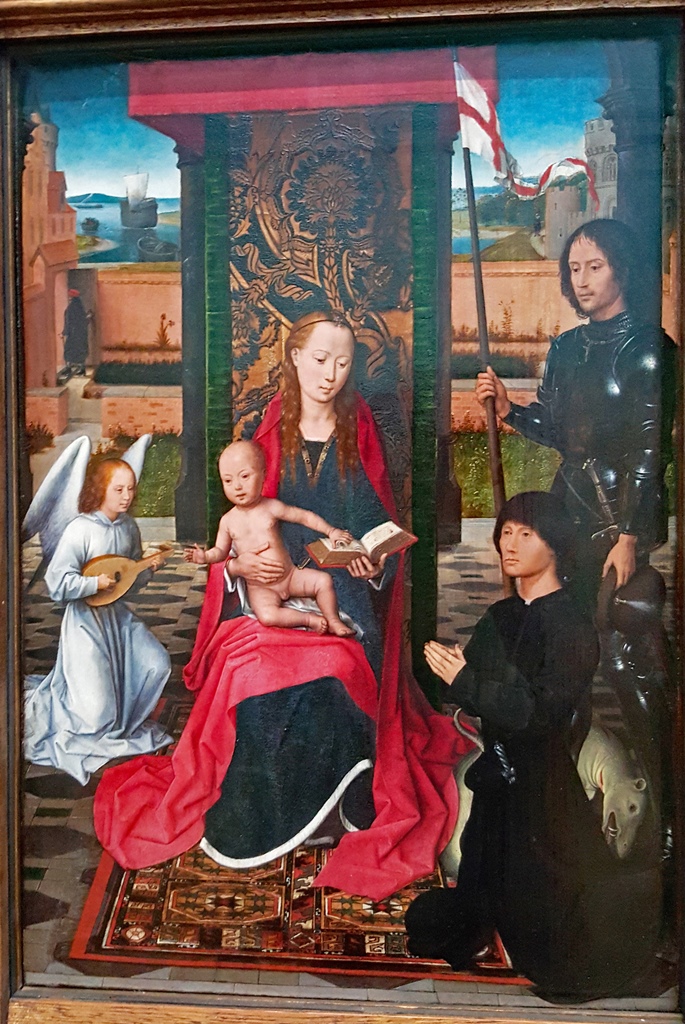
Virgin and Child with an Angel, Hans Memling (ca. 1480)
And of course the Italians were busy at the same time, largely in Florence.
Venus and Mars, Sandro Botticelli (ca. 1485)
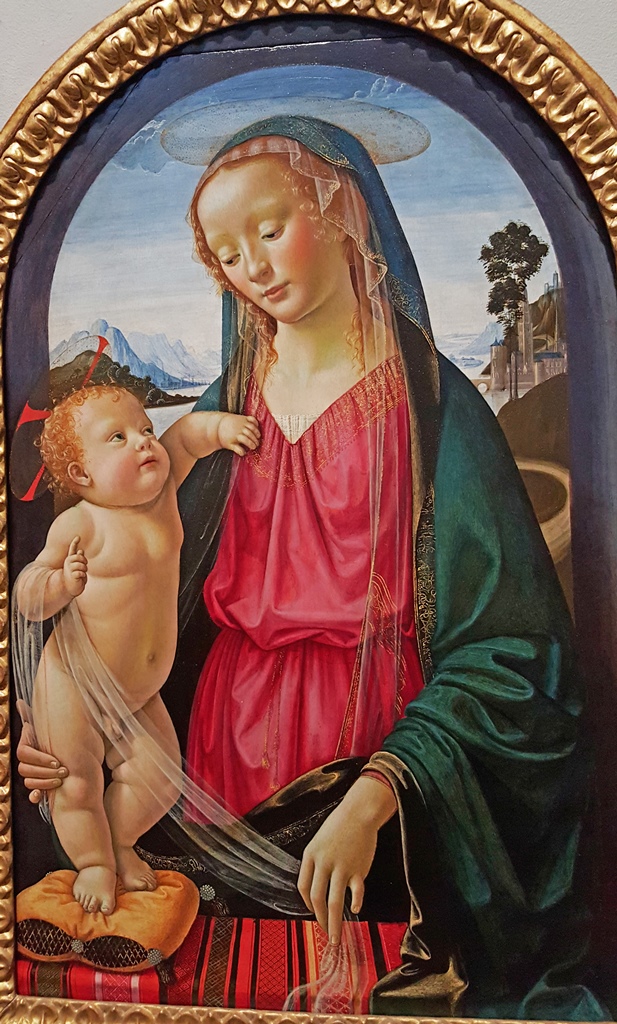
Virgin and Child, Domenico Ghirlandaio (ca. 1480-90)
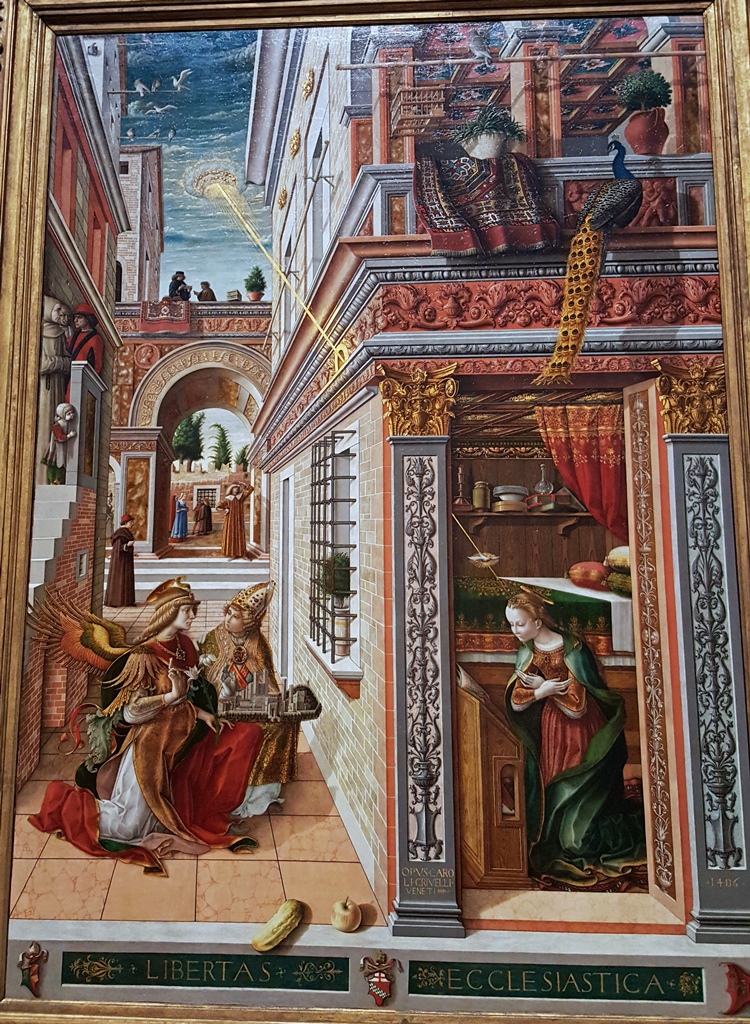
The Annunciation, with St. Emidius, Carlo Crivelli (1486)
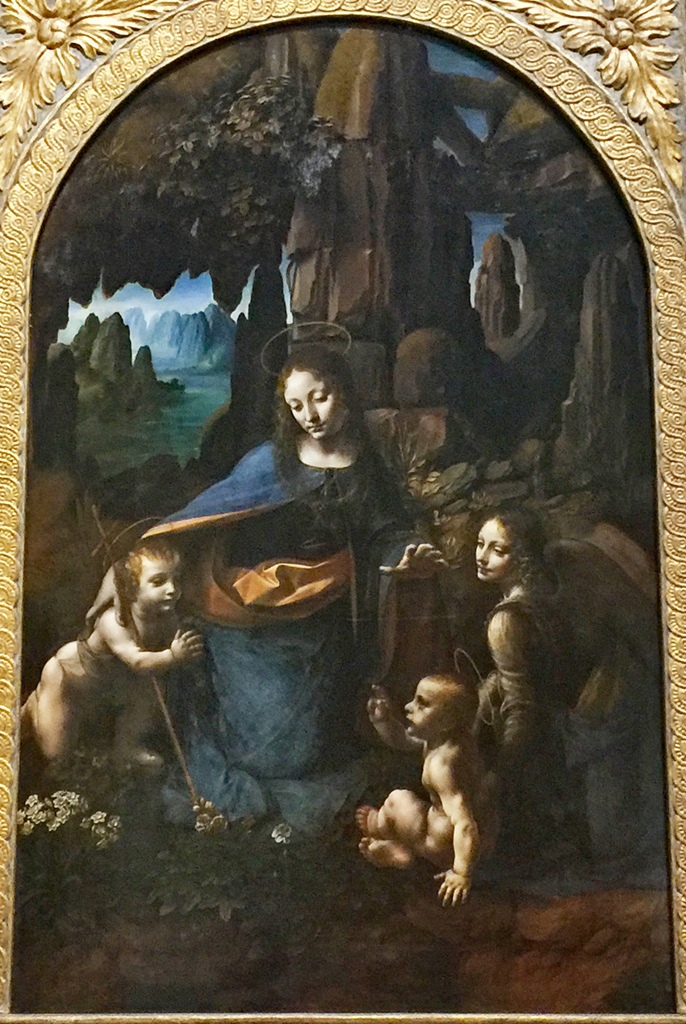
The Virgin of the Rocks, Leonardo da Vinci (ca. 1491-1508)
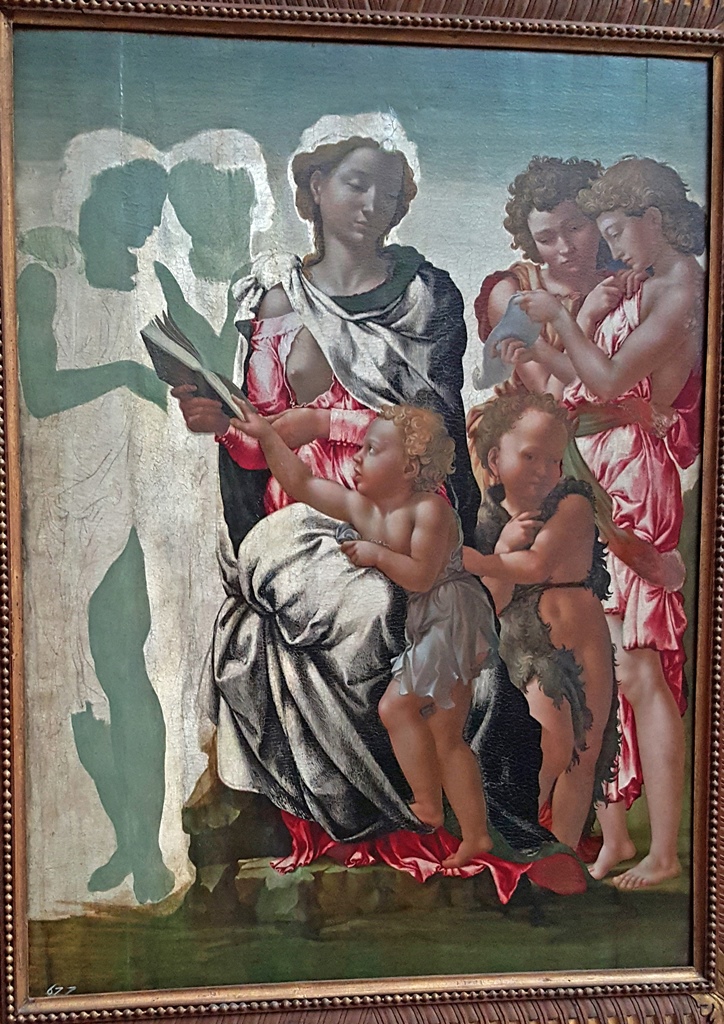
The Manchester Madonna, Michelangelo (unfinished, ca. 1497)
They continued through the 16th Century, with Venetians becoming involved as well.
Doge Leonardo Loredan, Giovanni Bellini (1501-02)
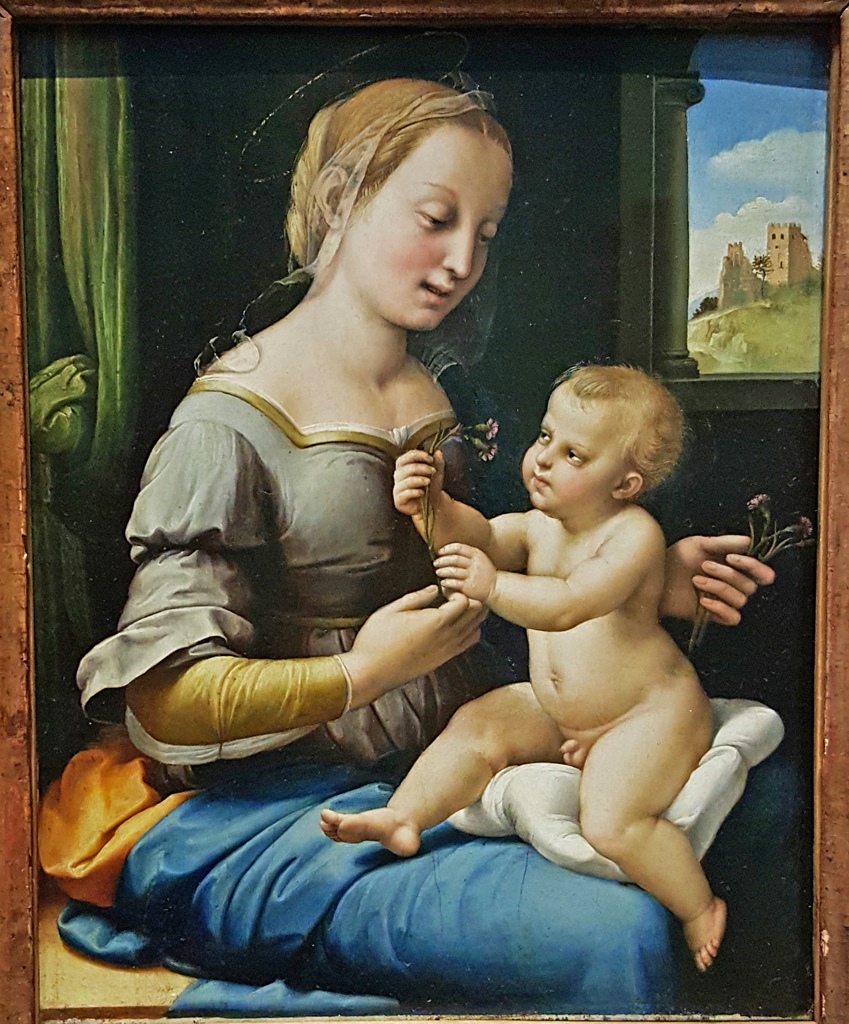
The Madonna of the Pinks, Raphael (ca. 1506-07)
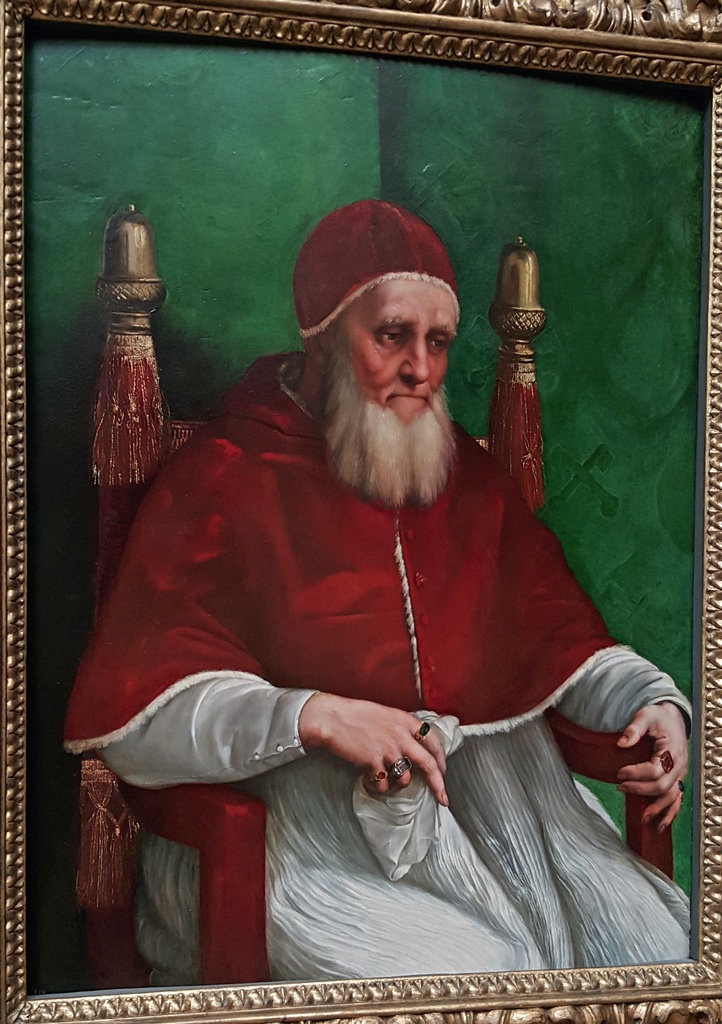
Portrait of Pope Julius II, Raphael (1511)
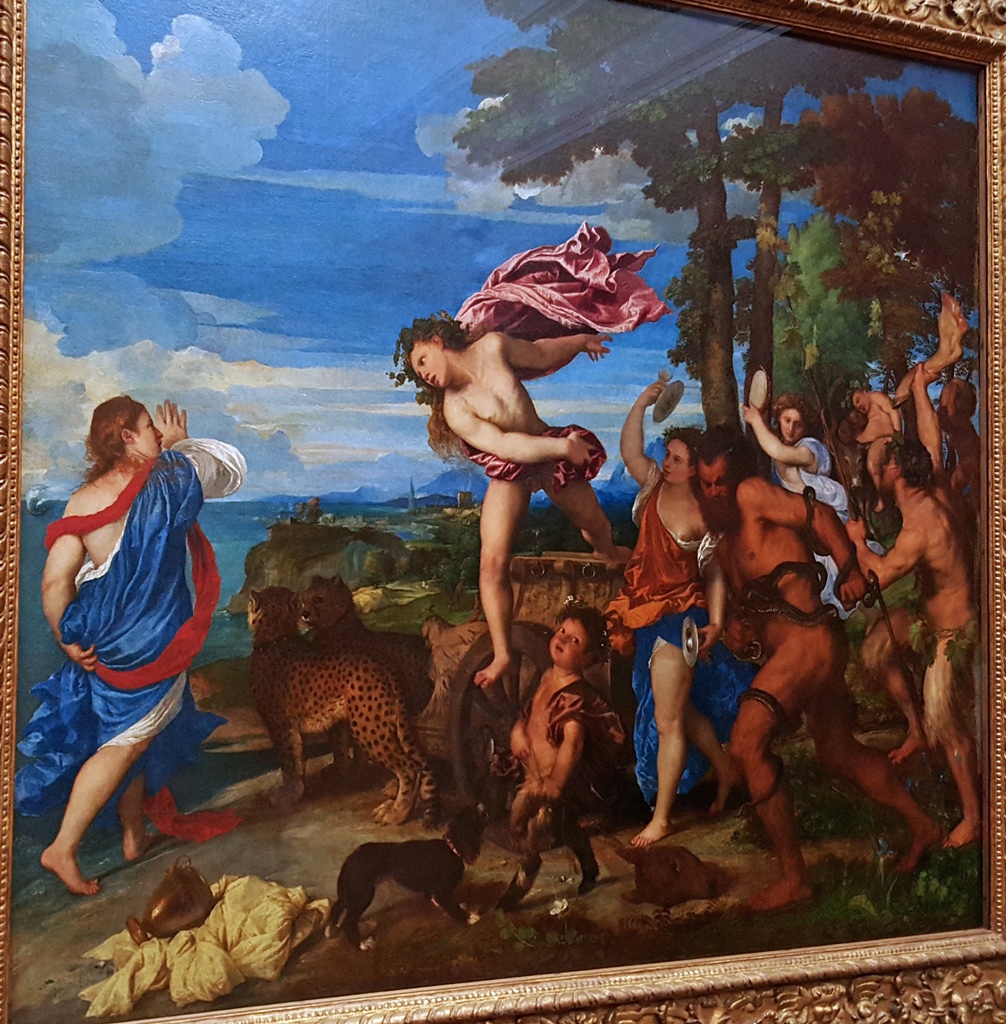
Bacchus and Ariadne, Titian (1520-23)
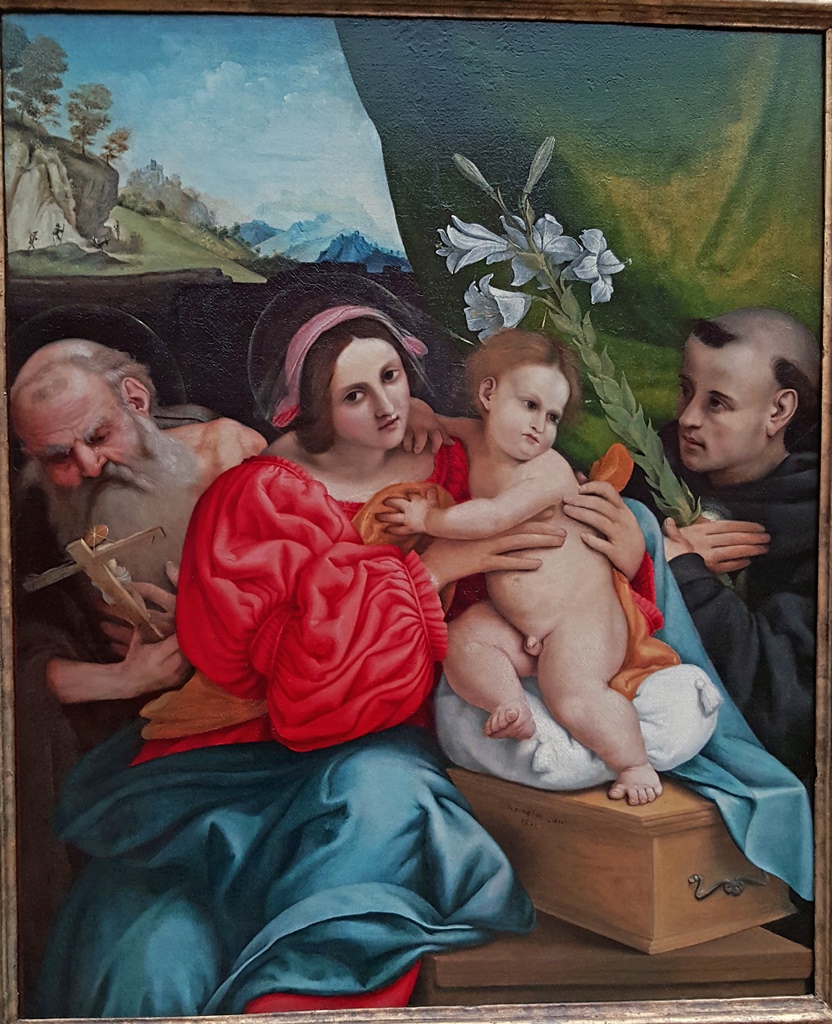
Virgin and Child with Saints, Lorenzo Lotto (1522)
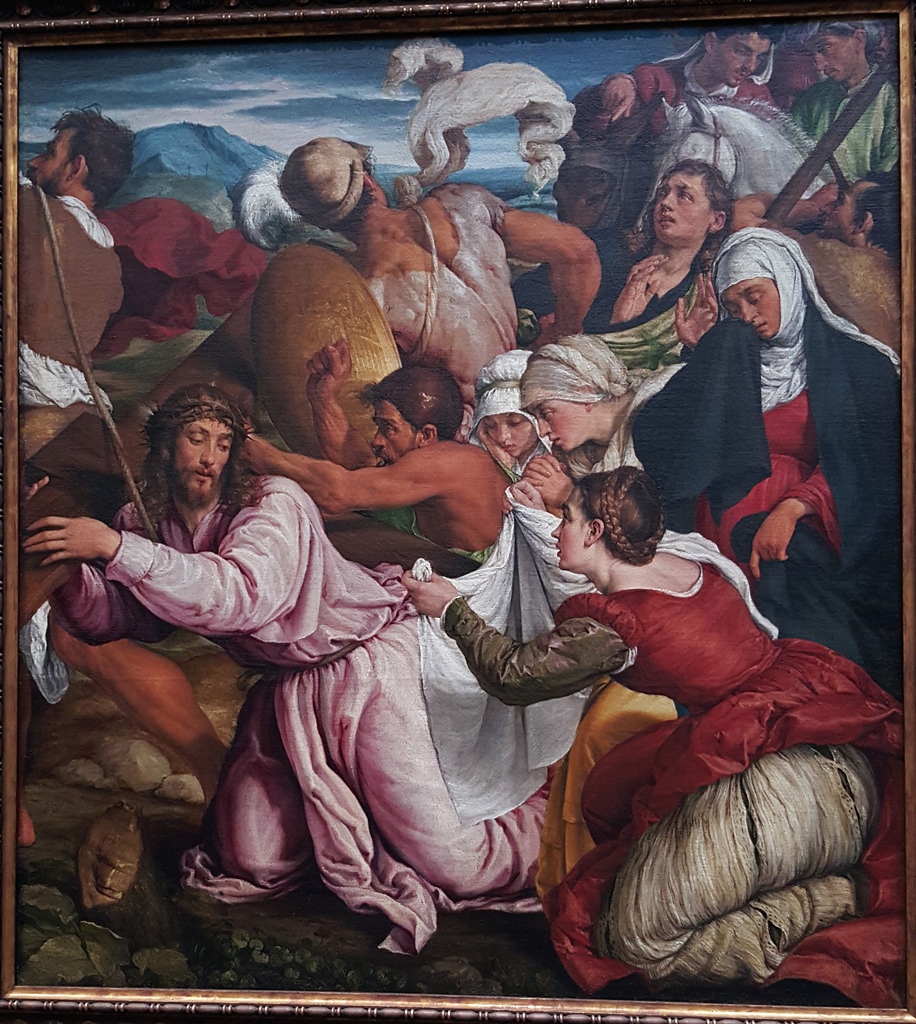
The Way to Calvary, Jacopo Bassano (ca. 1544-45)
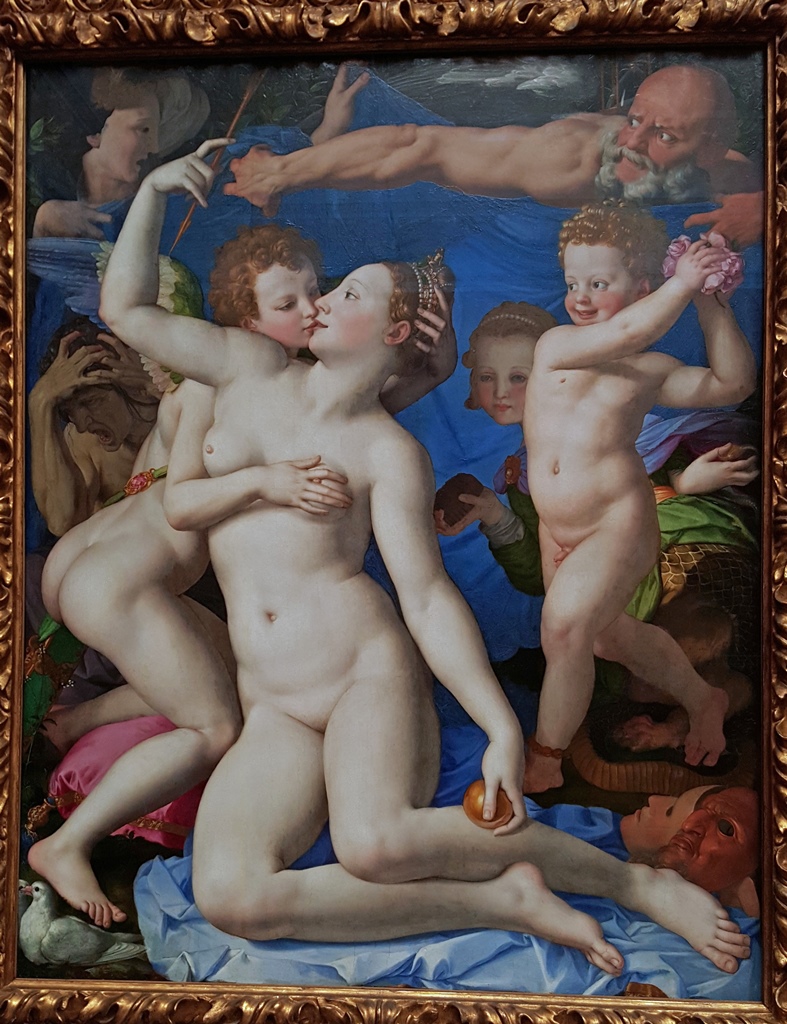
Allegory with Venus and Cupid, Bronzino (ca. 1545)
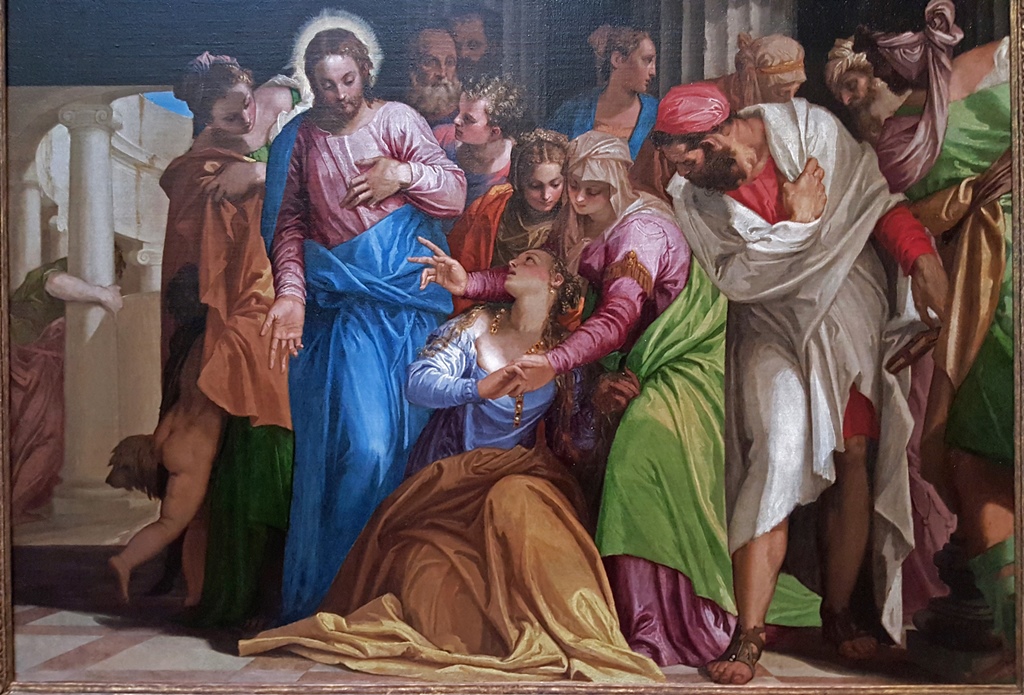
The Conversion of Mary Magdalene, Paolo Veronese (ca. 1548)
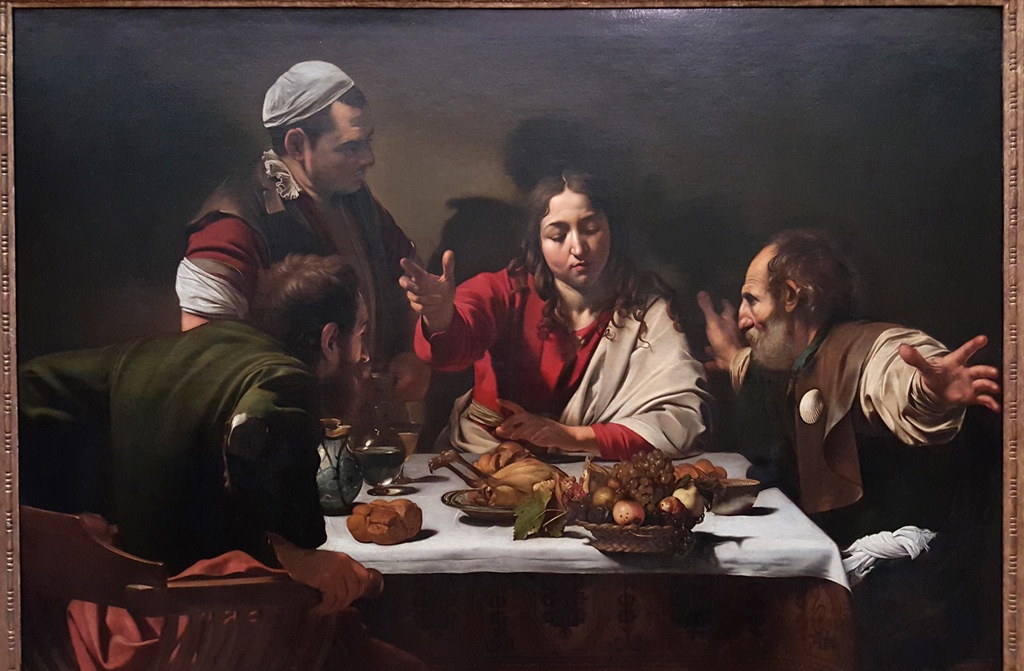
The Supper at Emmaus, Caravaggio (1601)
And they weren't standing still in the north:
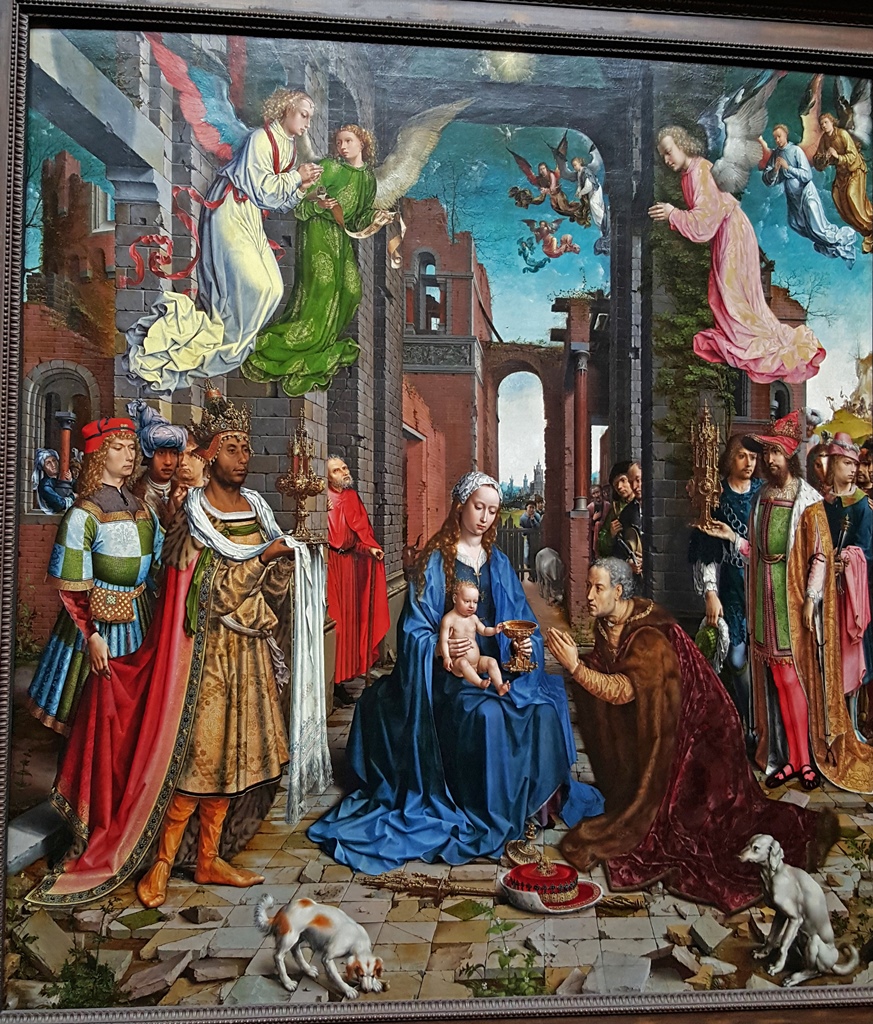
Adoration of the Kings, Jan Gossaert (1510-15)
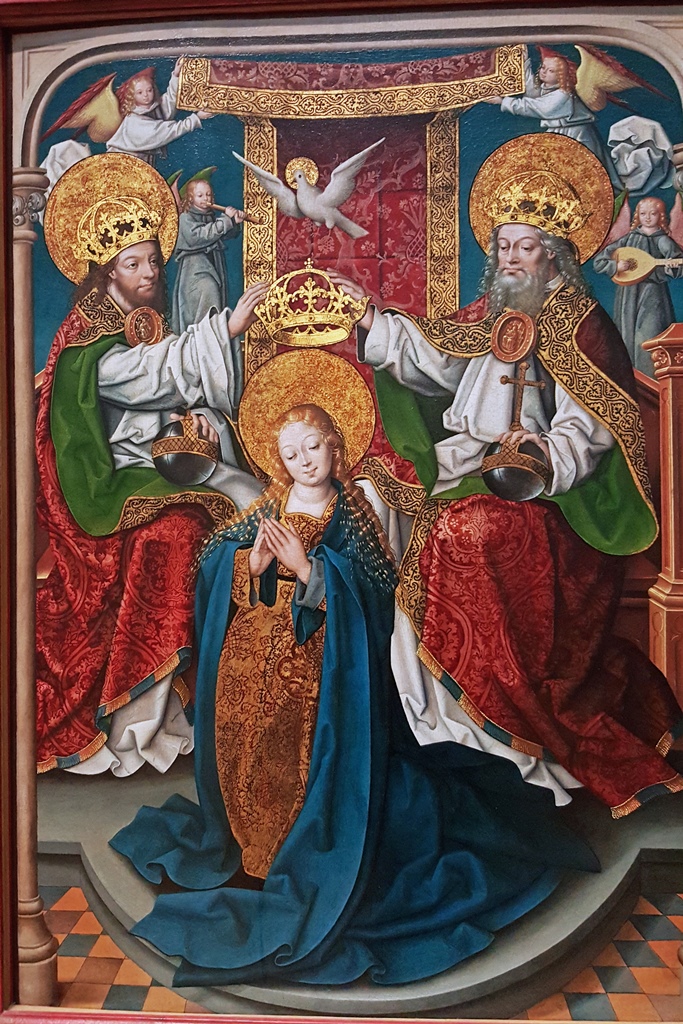
The Coronation of the Virgin, Master of Cappenberg (ca. 1520)
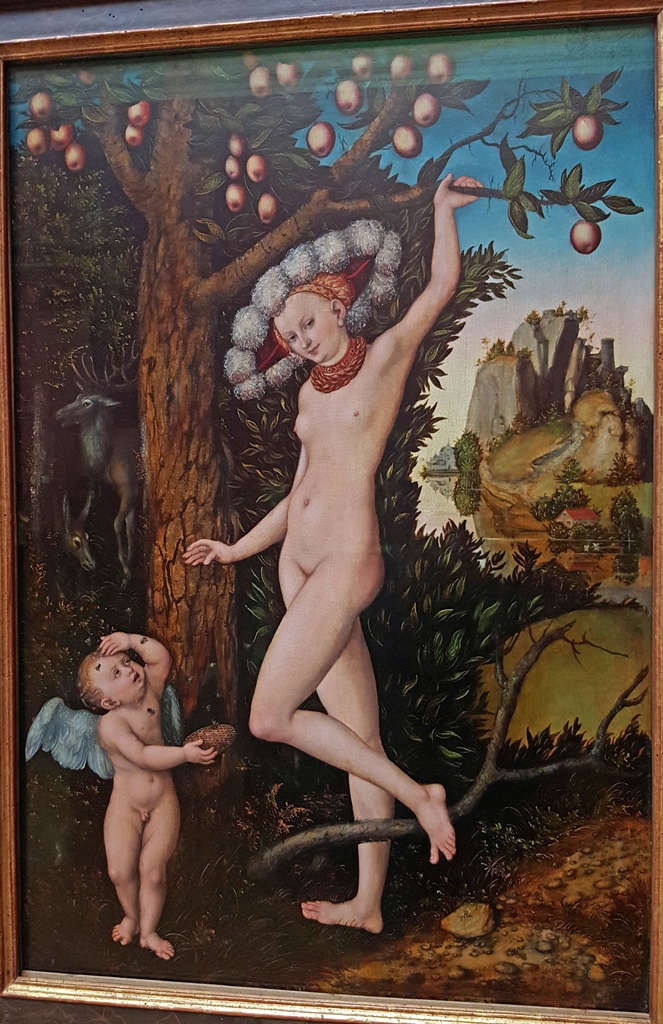
Cupid Complaining to Venus, Lucas Cranach the Elder (ca. 1530)
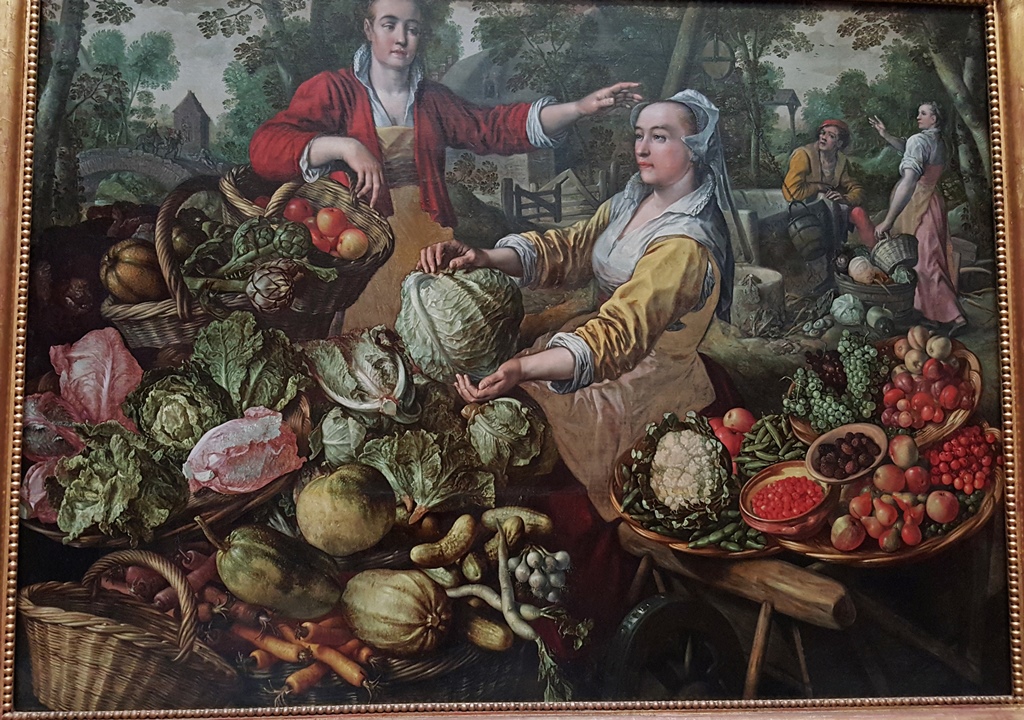
The Four Elements: Earth, Joachim Beuckelaer (1569)
In the 17th Century, some Spaniards did great work:
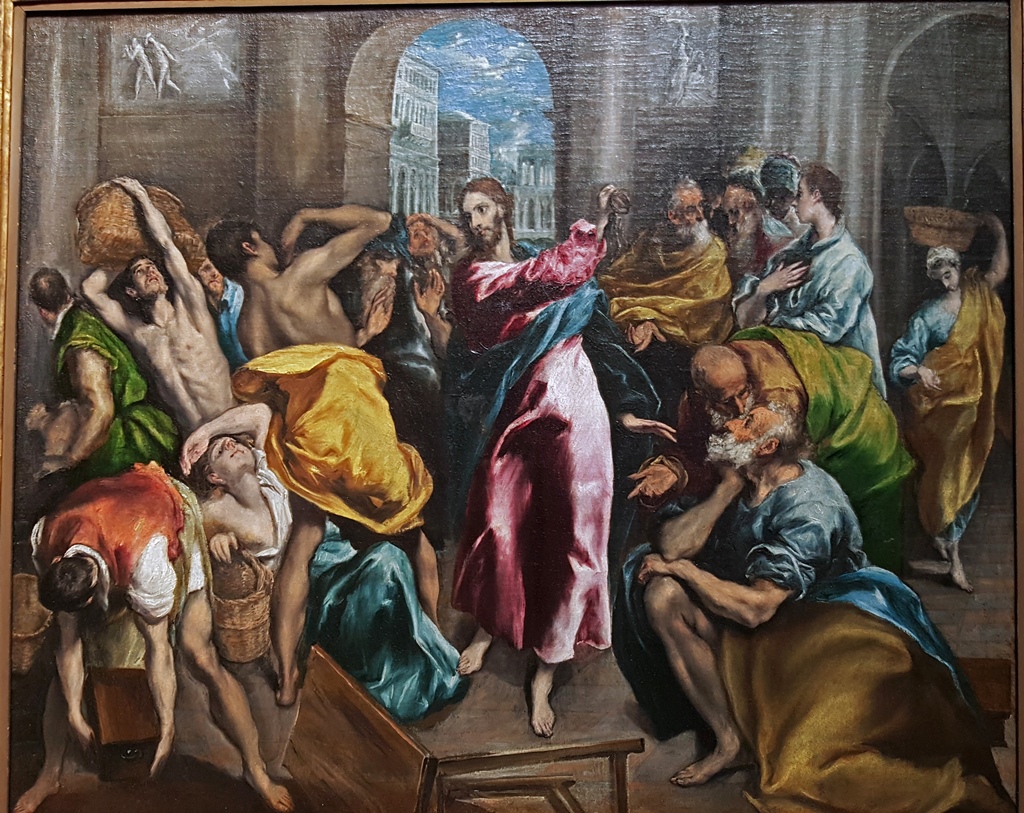
Christ Driving the Traders from the Temple, El Greco (ca. 1600)
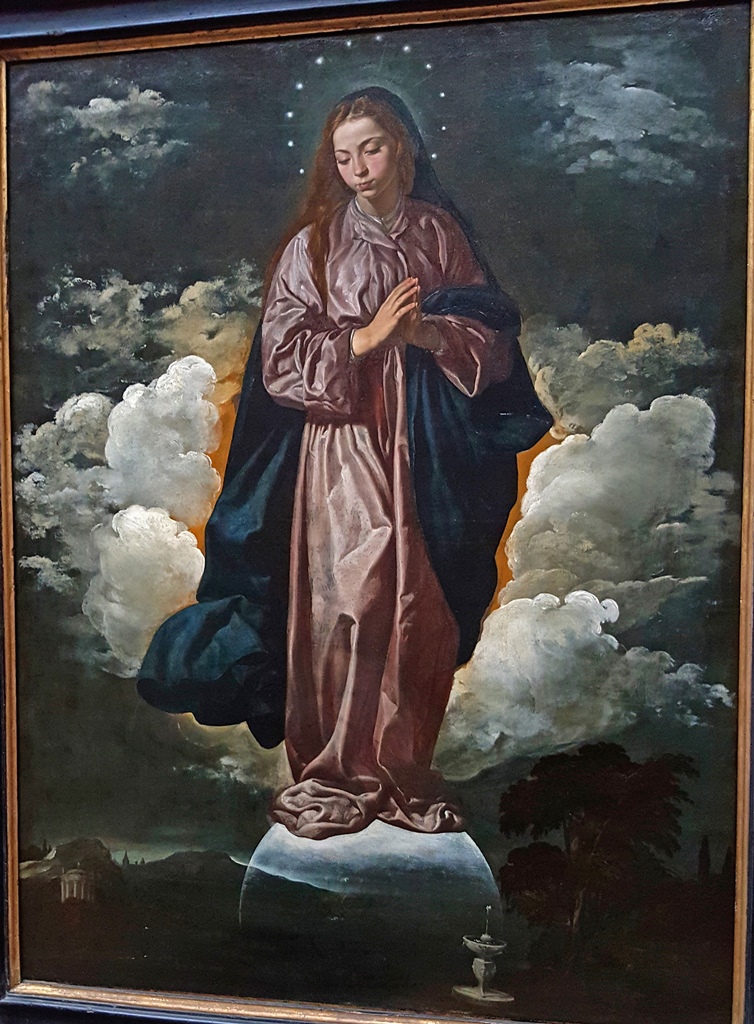
The Immaculate Conception, Diego Velázquez (1618-19)
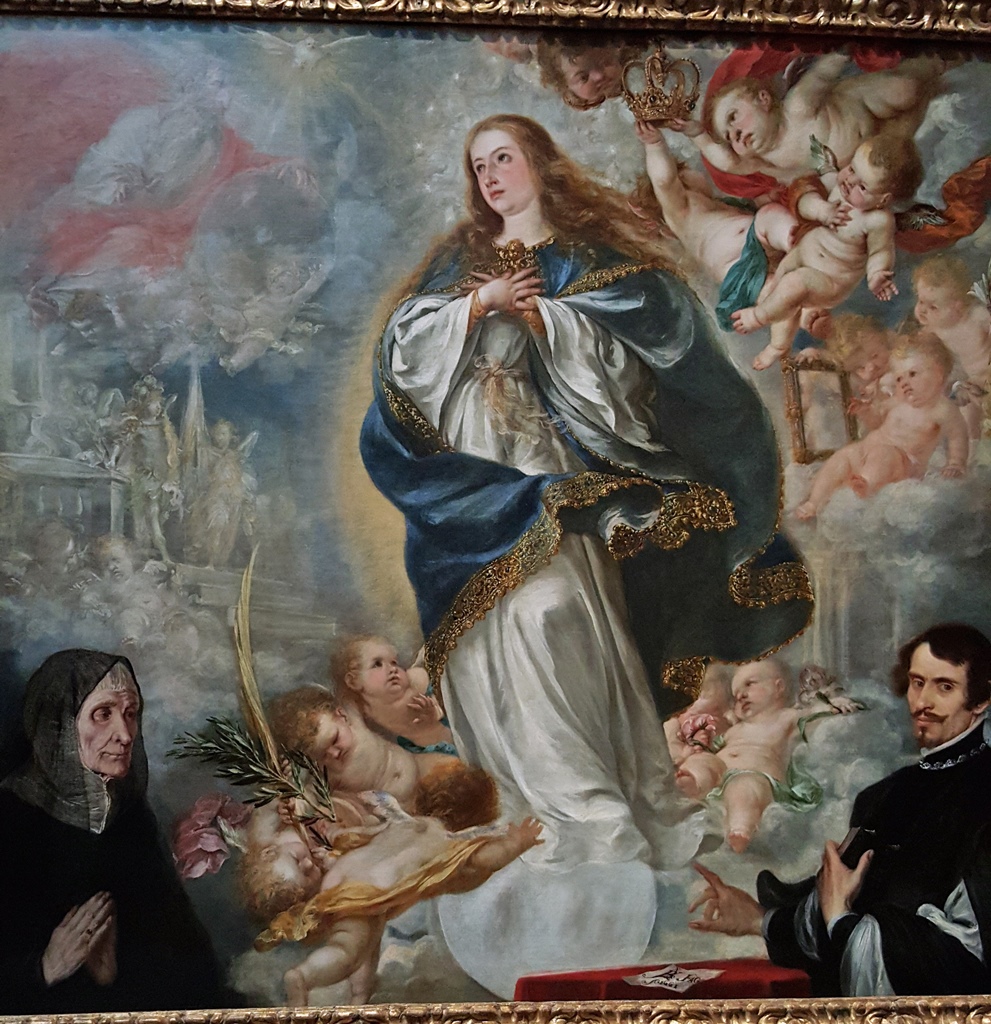
The Immaculate Conception, Juan de Valdés Leal (ca. 1661)
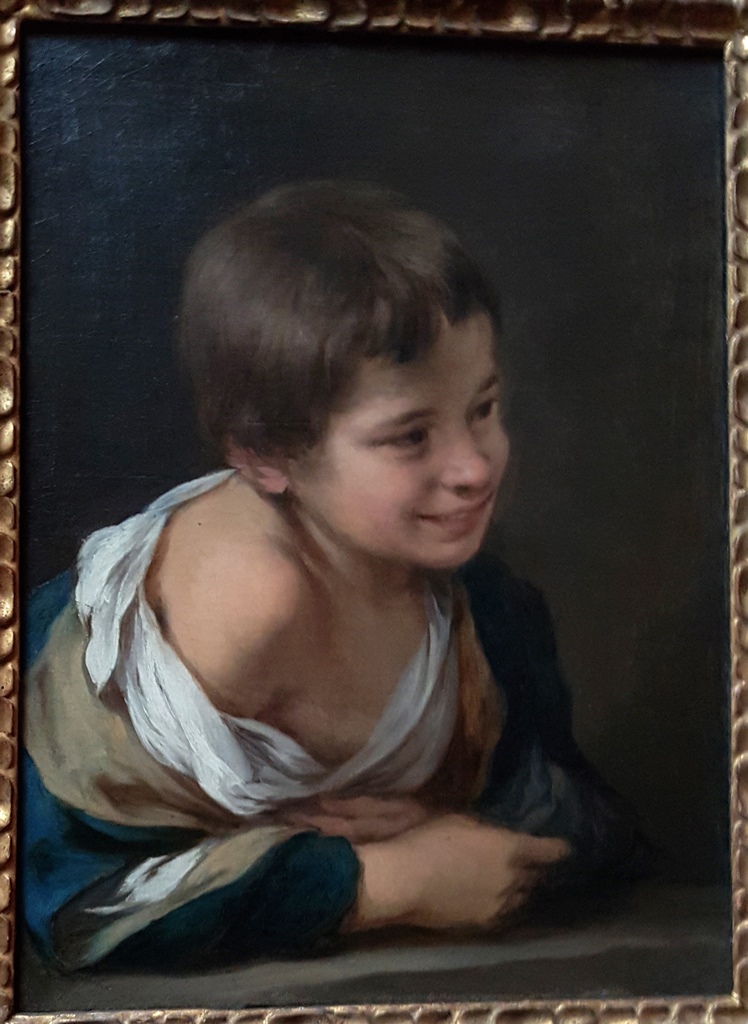
A Peasant Boy Leaning on a Sill, Bartolomé Esteban Murillo (ca. 1675-80)
Back in the north, artists were picking up on some of the Baroque style that was
becoming fashionable in the south, while also developing a style of their own:
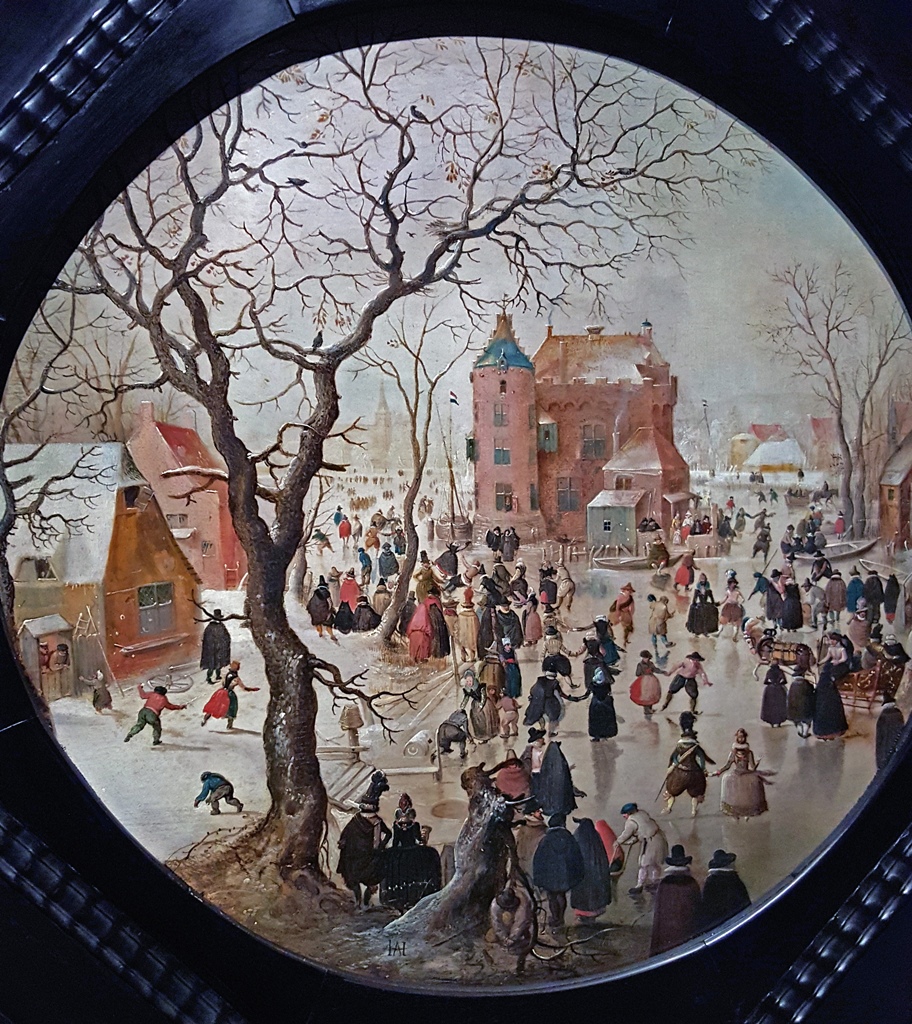
A Winter Scene near a Castle, Hendrick Avercamp (ca. 1608-09)
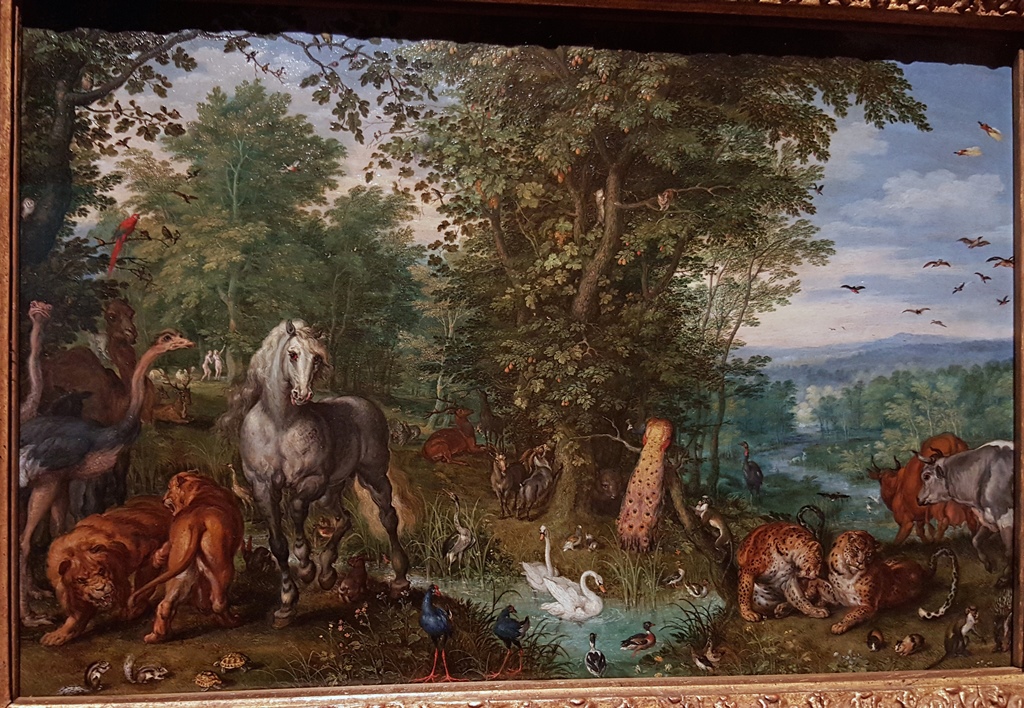
The Garden of Eden, Jan Brueghel the Elder (1613)
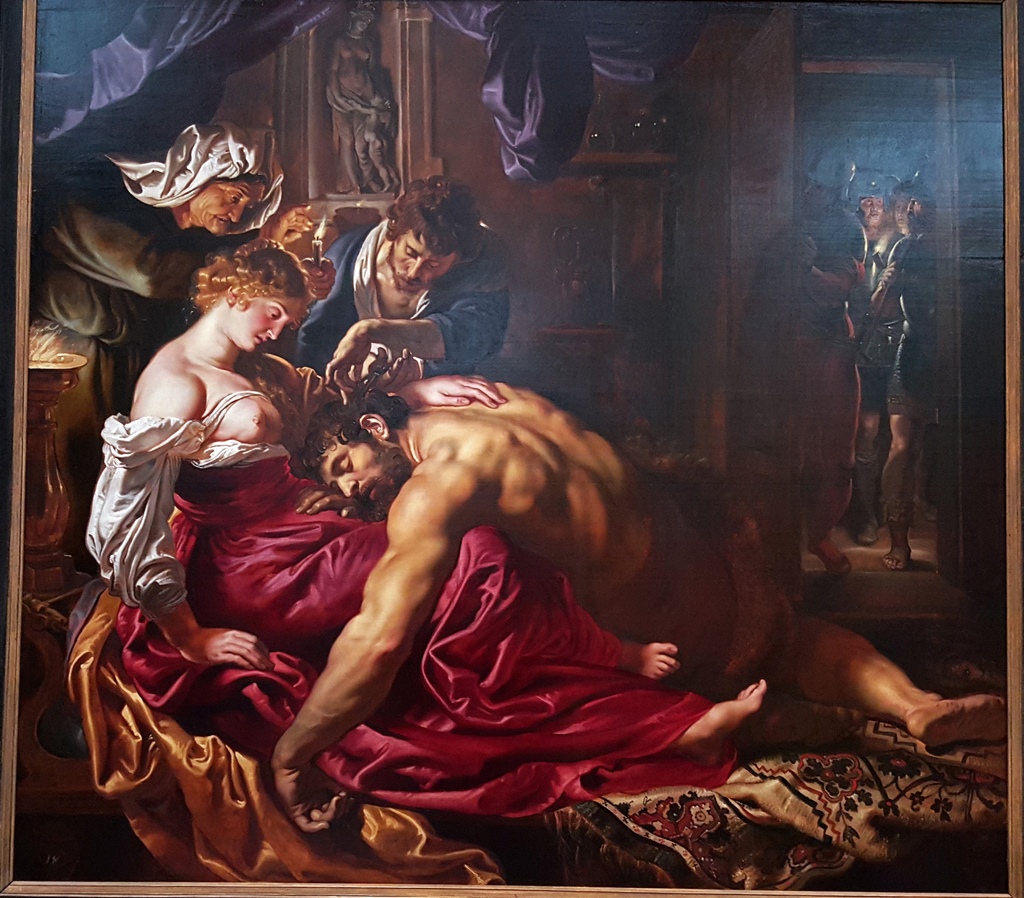
Samson and Delilah, Peter Paul Rubens (ca. 1609-10)
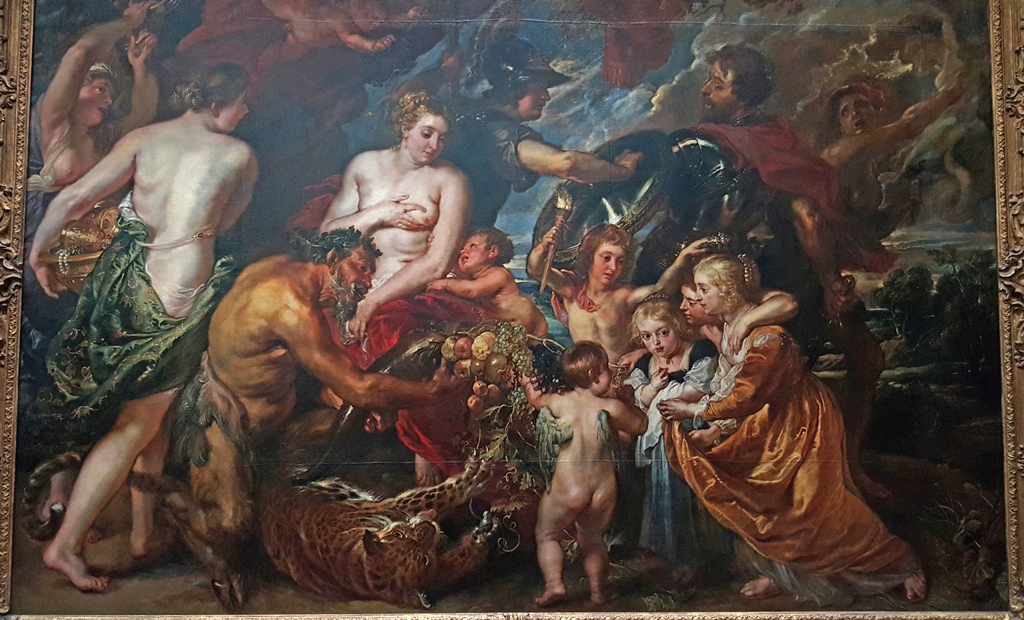
Minerva Protects Pax from Mars, Peter Paul Rubens (1629-30)
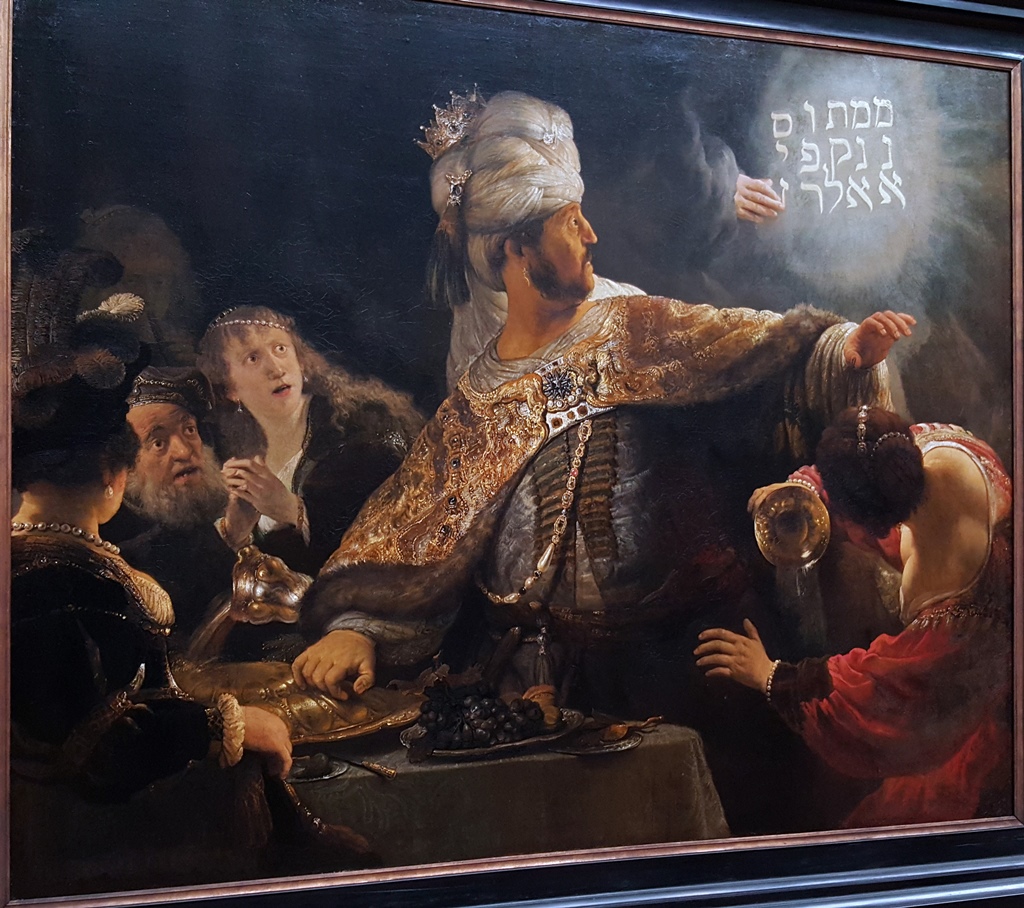
Belshazzar's Feast, Rembrandt (ca. 1636-38)
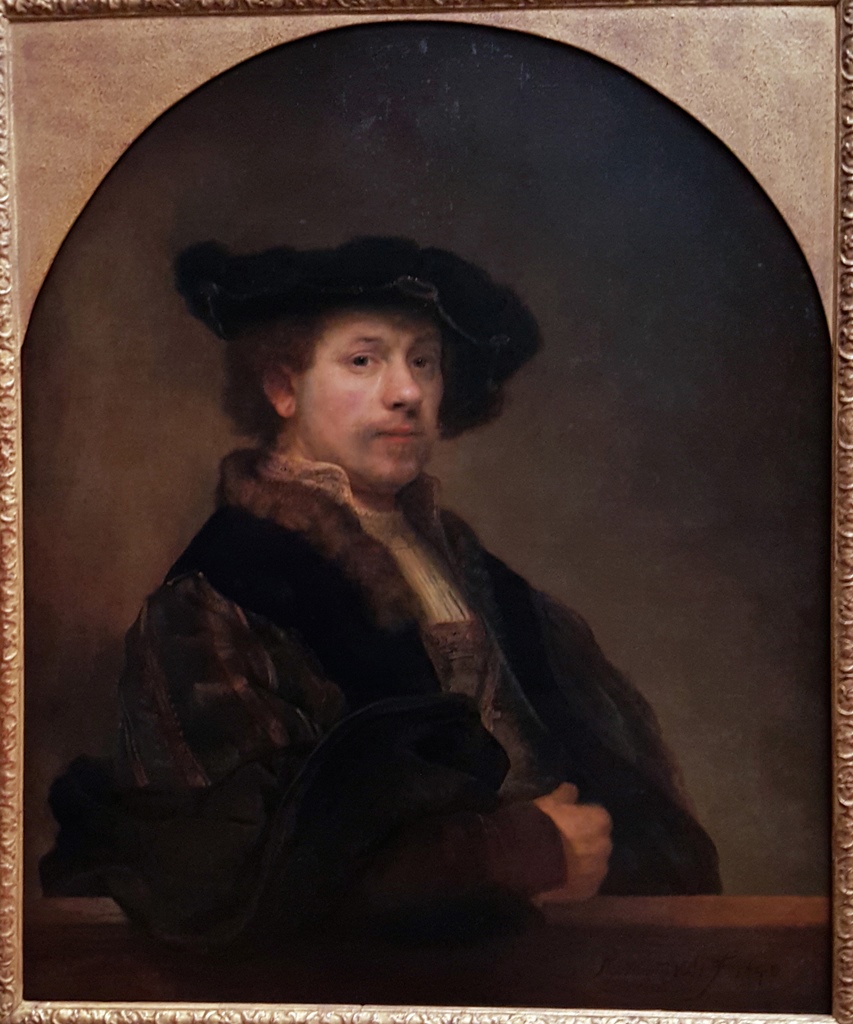
Self Portrait at the Age of 34, Rembrandt (1640)
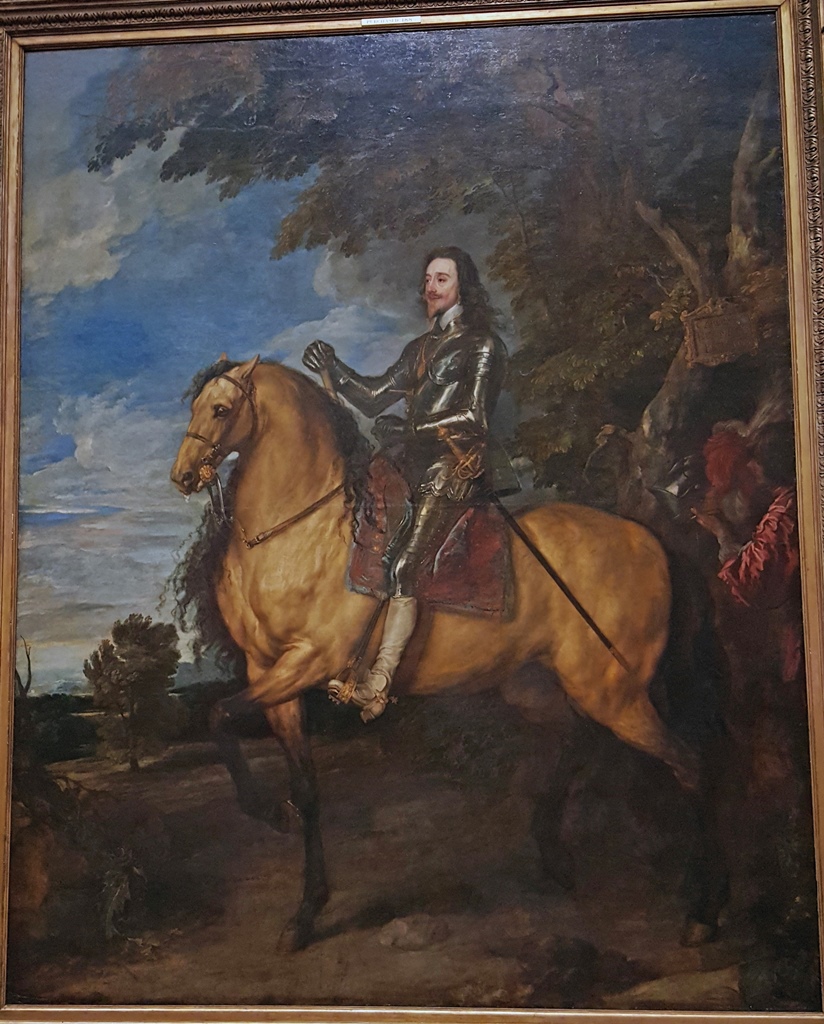
Equestrian Portrait of Charles I, Anthony van Dyck (ca. 1637-38)
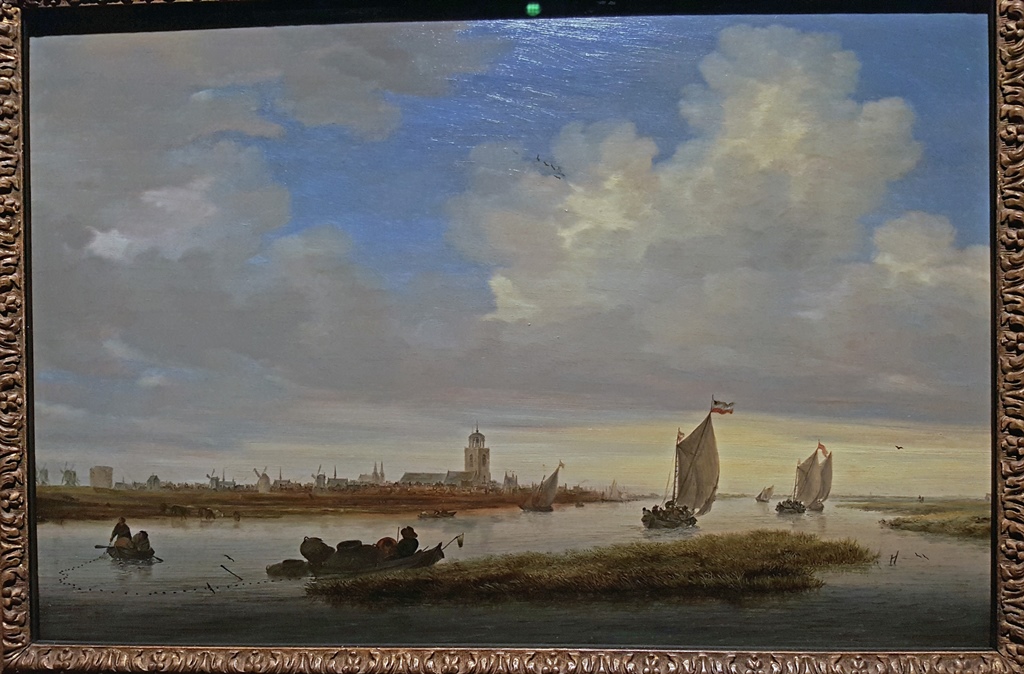
A View of Deventer, Salomon van Ruysdael (1657)
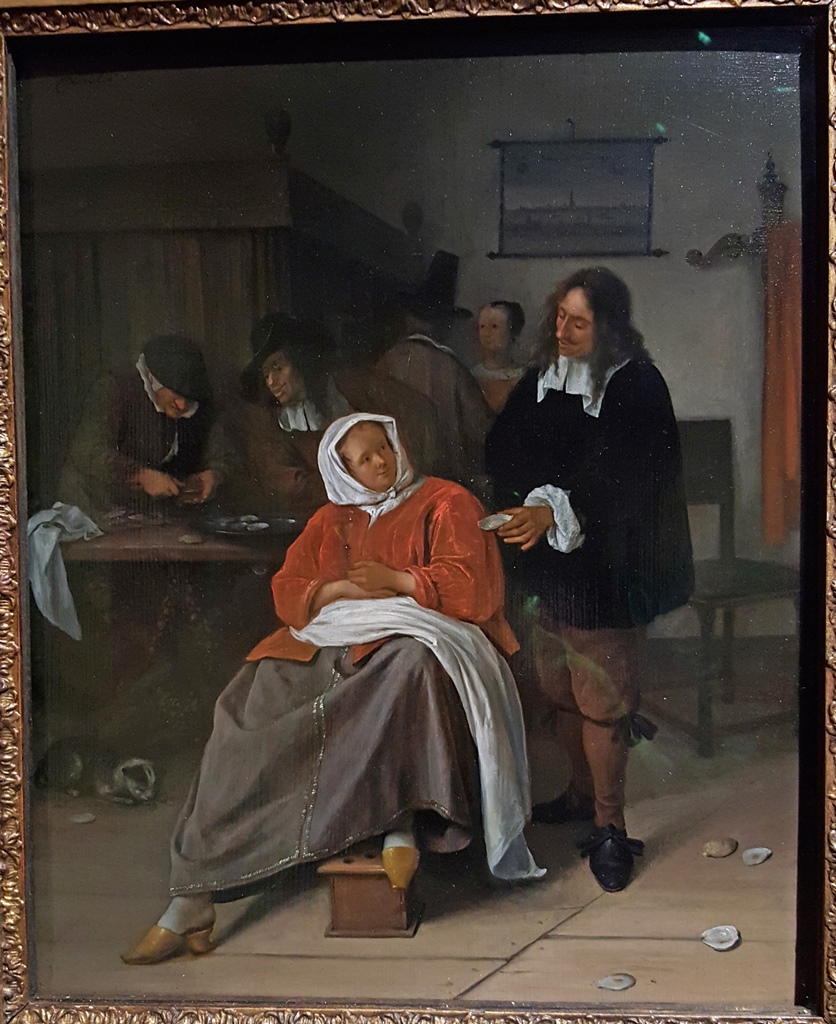
A Man Offering an Oyster to a Woman, Jan Steen (ca. 1660-65)
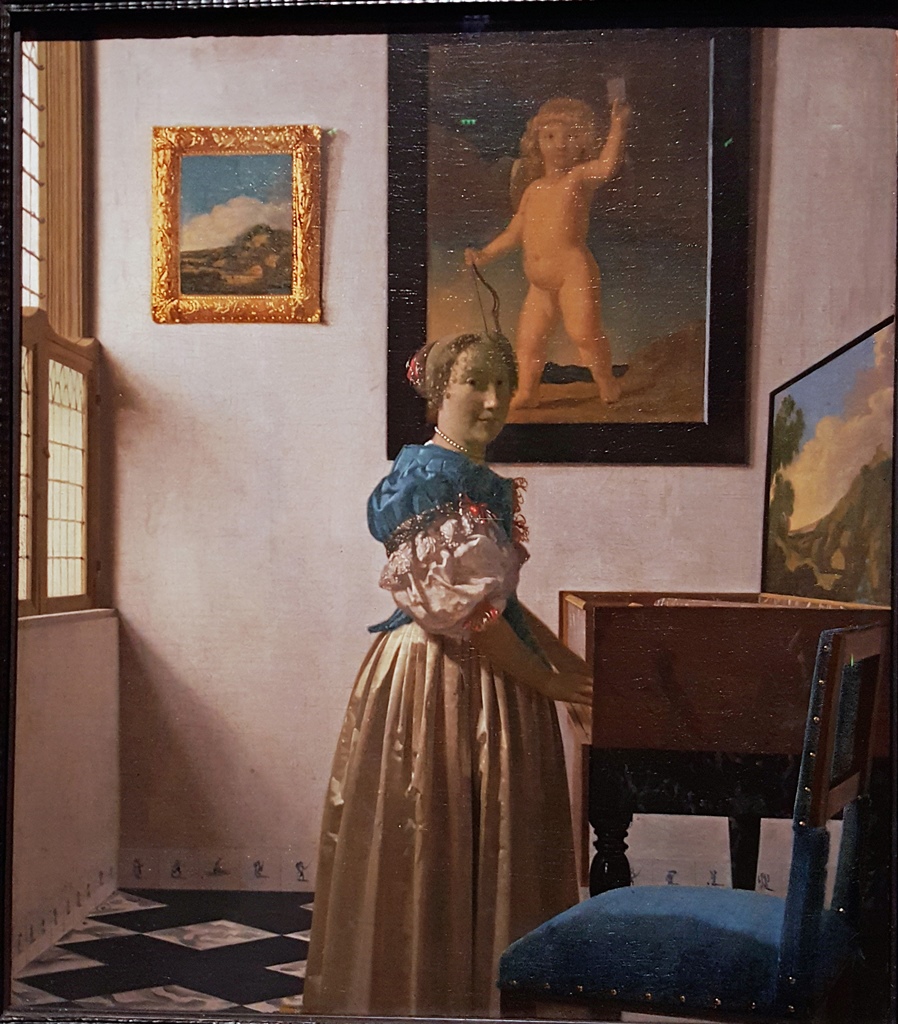
A Young Woman Standing at a Virginal, Johannes Vermeer (ca. 1670-72)
In the 18th and 19th Centuries, artists were still working with Baroque to some
extent, moving into Rococo. Portraiture and landscapes were becoming more
popular also. And British artists were starting to get involved:
Four Saints, Giovanni Battista Tiepolo (before 1737)
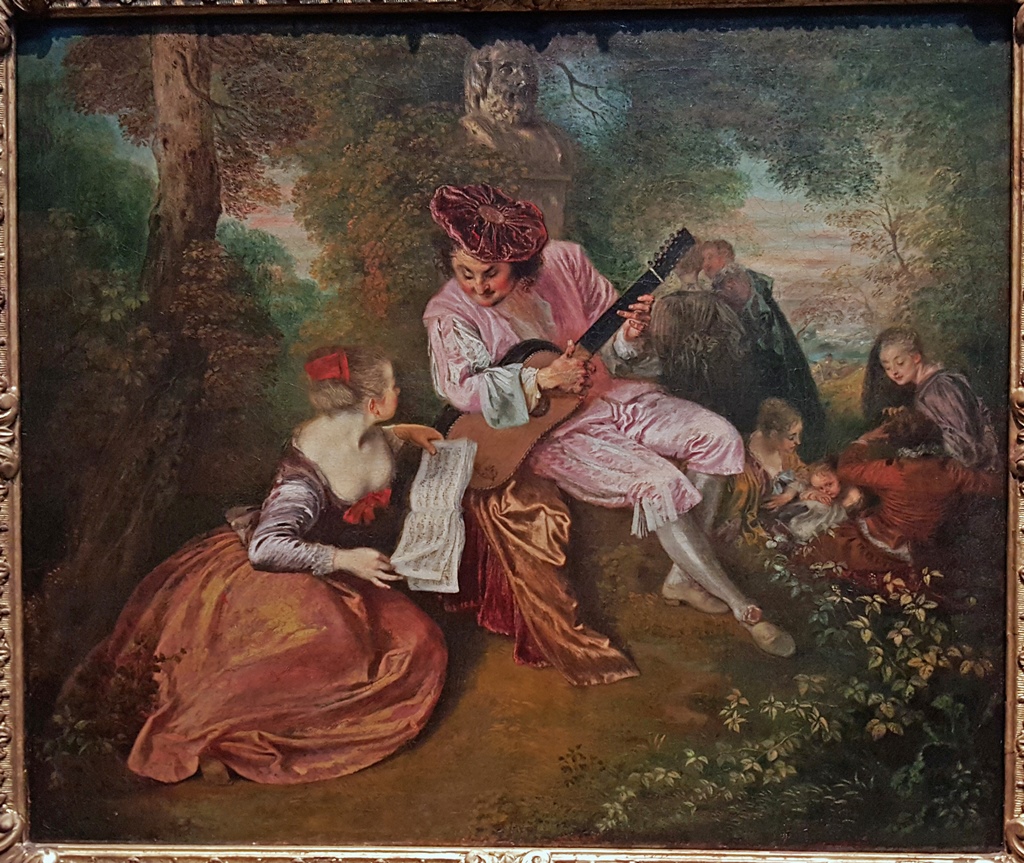
The Scale of Love, Jean-Antoine Watteau (1715-18)
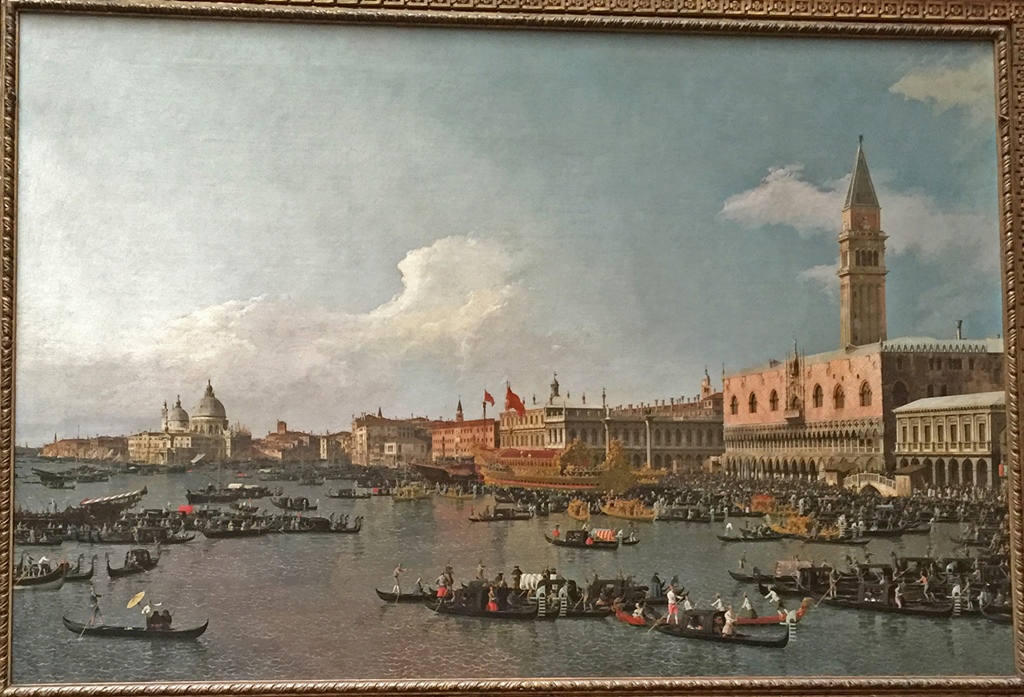
The Basin of San Marco on Ascension Day, Canaletto (ca. 1740)
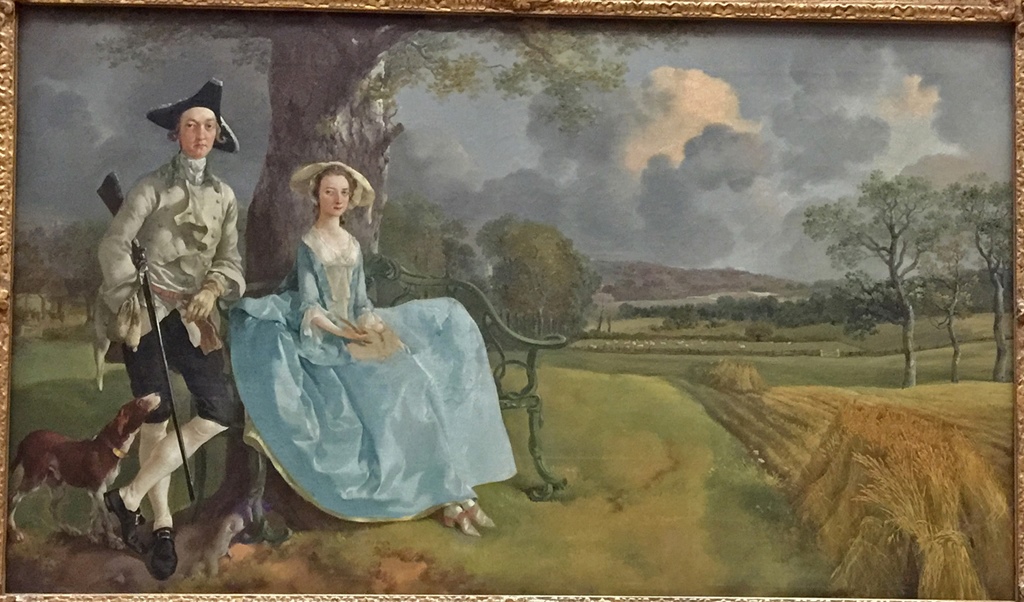
Mr. and Mrs. Andrews, Thomas Gainsborough (ca. 1750)
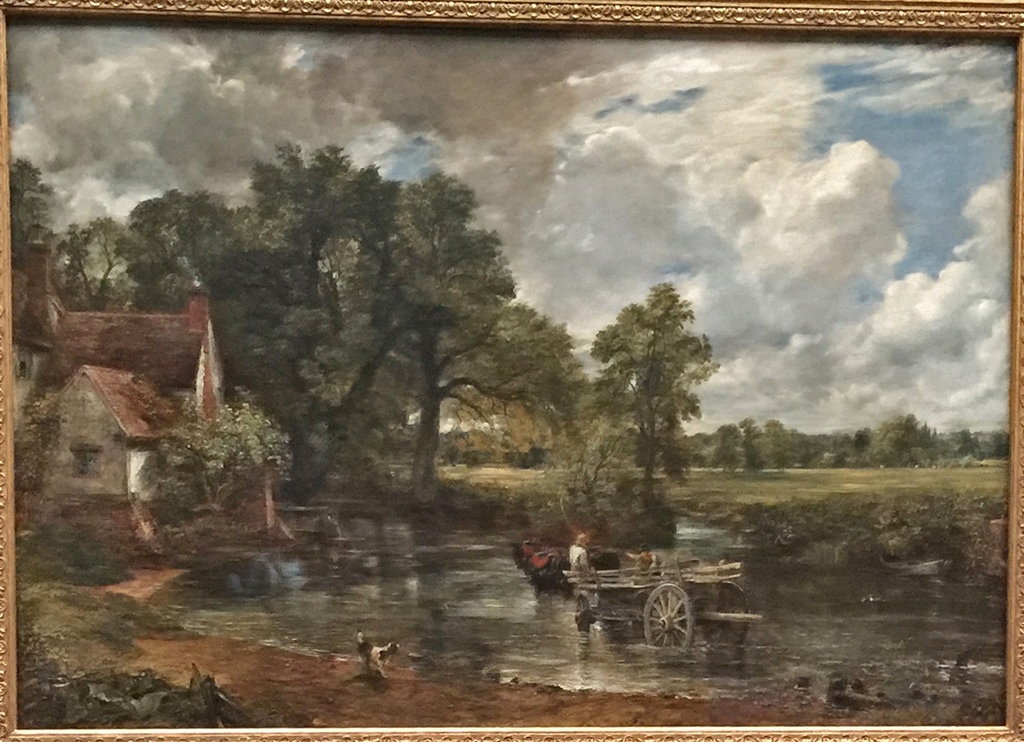
The Hay Wain, John Constable (1821)
Late in the 19th Century, some young French artists started experimenting with their
art and came up with a movement that came to be called Impressionism. At first they
were scorned and ridiculed, but people eventually got used to the style.
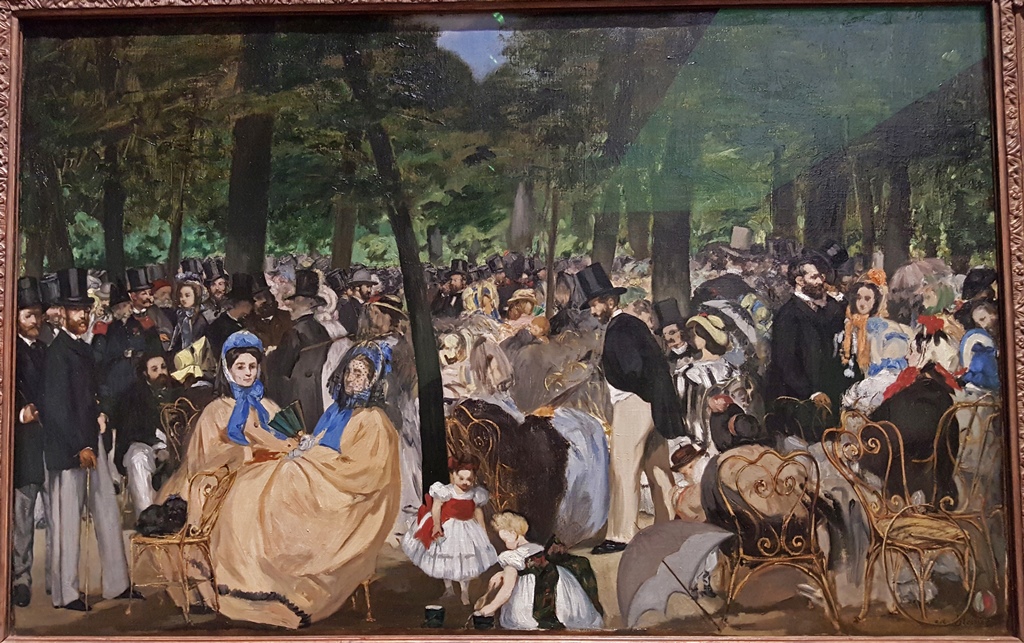
Music in the Tuileries Gardens, Edouard Manet (1862)
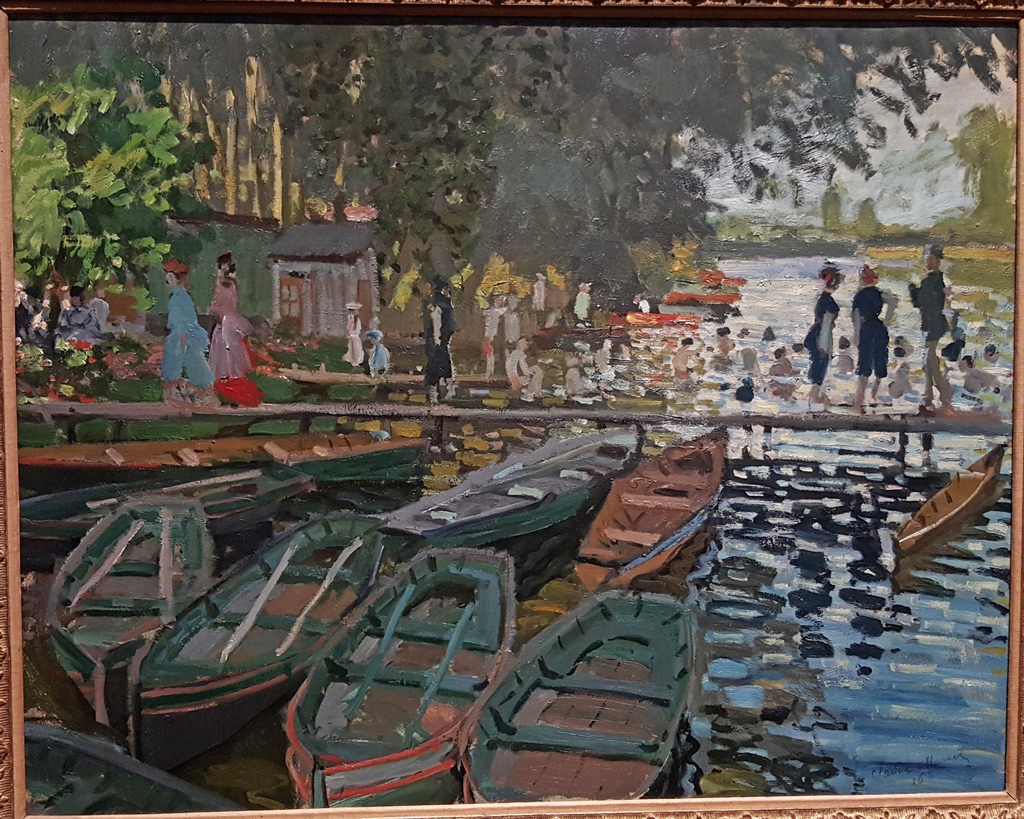
Bathers at La Grenouillère, Claude Monet (1869)
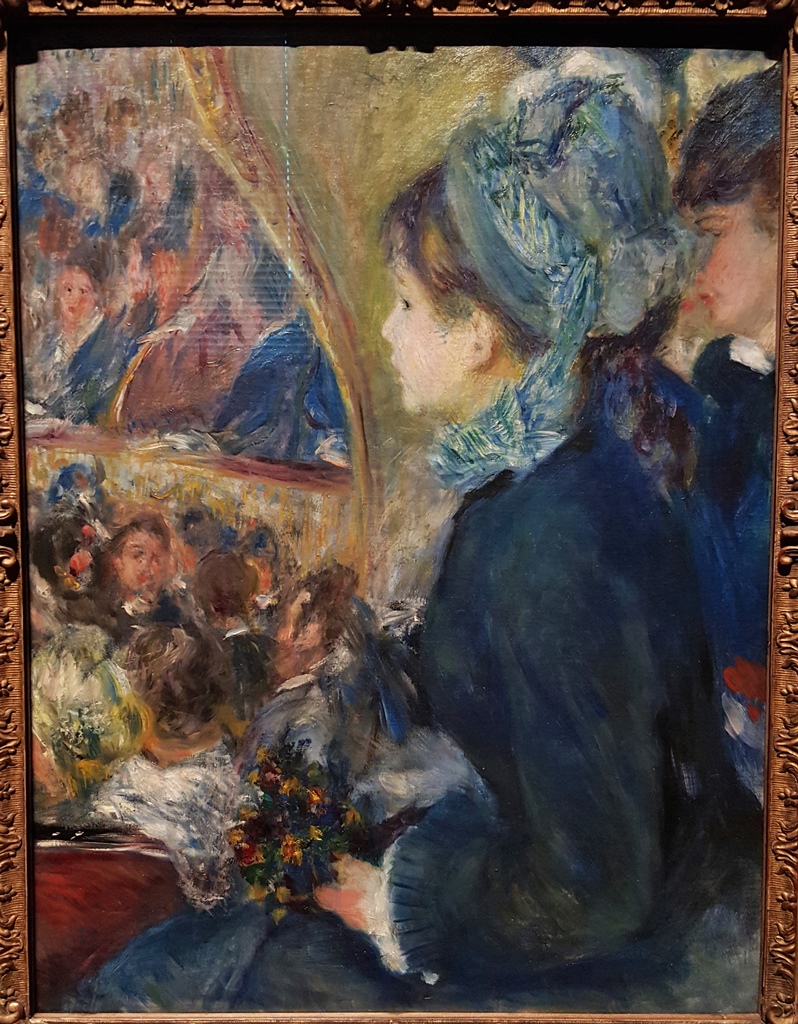
At the Theatre, Pierre-Auguste Renoir (1876-77)
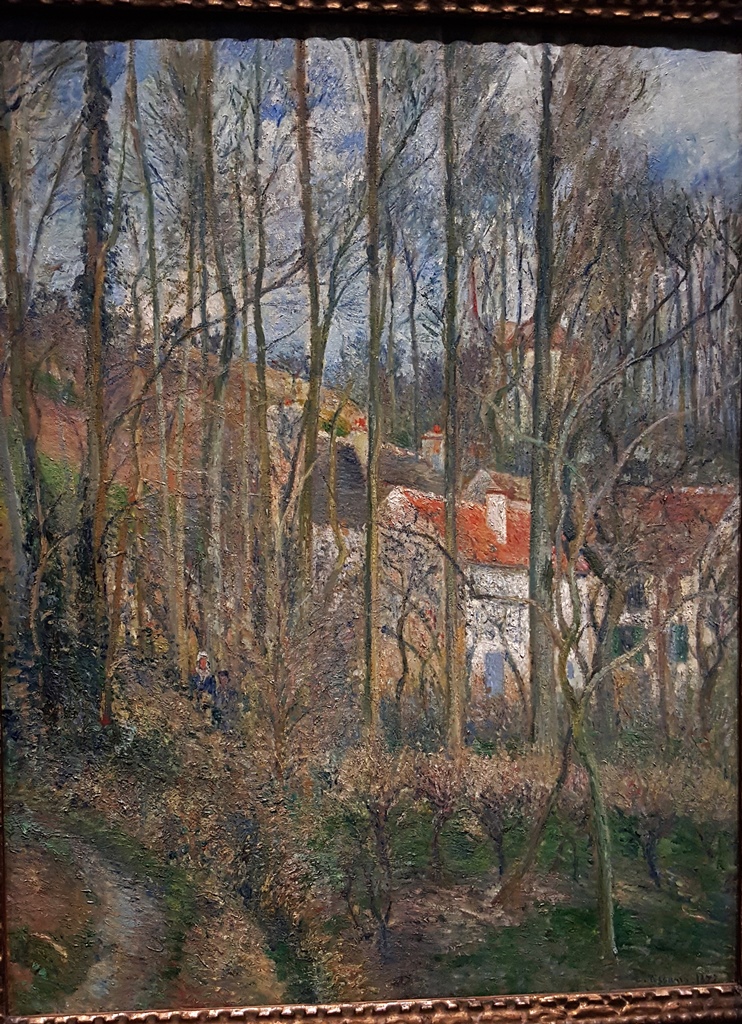
The Côte des Bœufs at L'Hermitage, Camille Pissarro (1877)
Bathers at Asnières, Georges Seurat (1884)
One of the pioneers of Impressionism (the term "Impressionism" actually came from
the title of one of his paintings) was Claude Monet, who outlived all of the
others, painting waterlilies in his garden well into the 1920's (he lived to be
86). Here's one of his last 19th Century paintings:
The Water-Lily Pond, Claude Monet (1899)
This was as far as the National Gallery's collection went, century-wise, and we
ended our visit, also ending our activities for the day. We returned to our
hotel and found some dinner and formulated our plans for the next day. We would
start by looking at some real waterlilies, along with many other exotic plants,
at one of the world's great botanical preserves, Kew Gardens.



